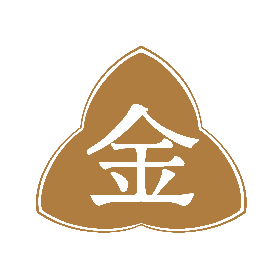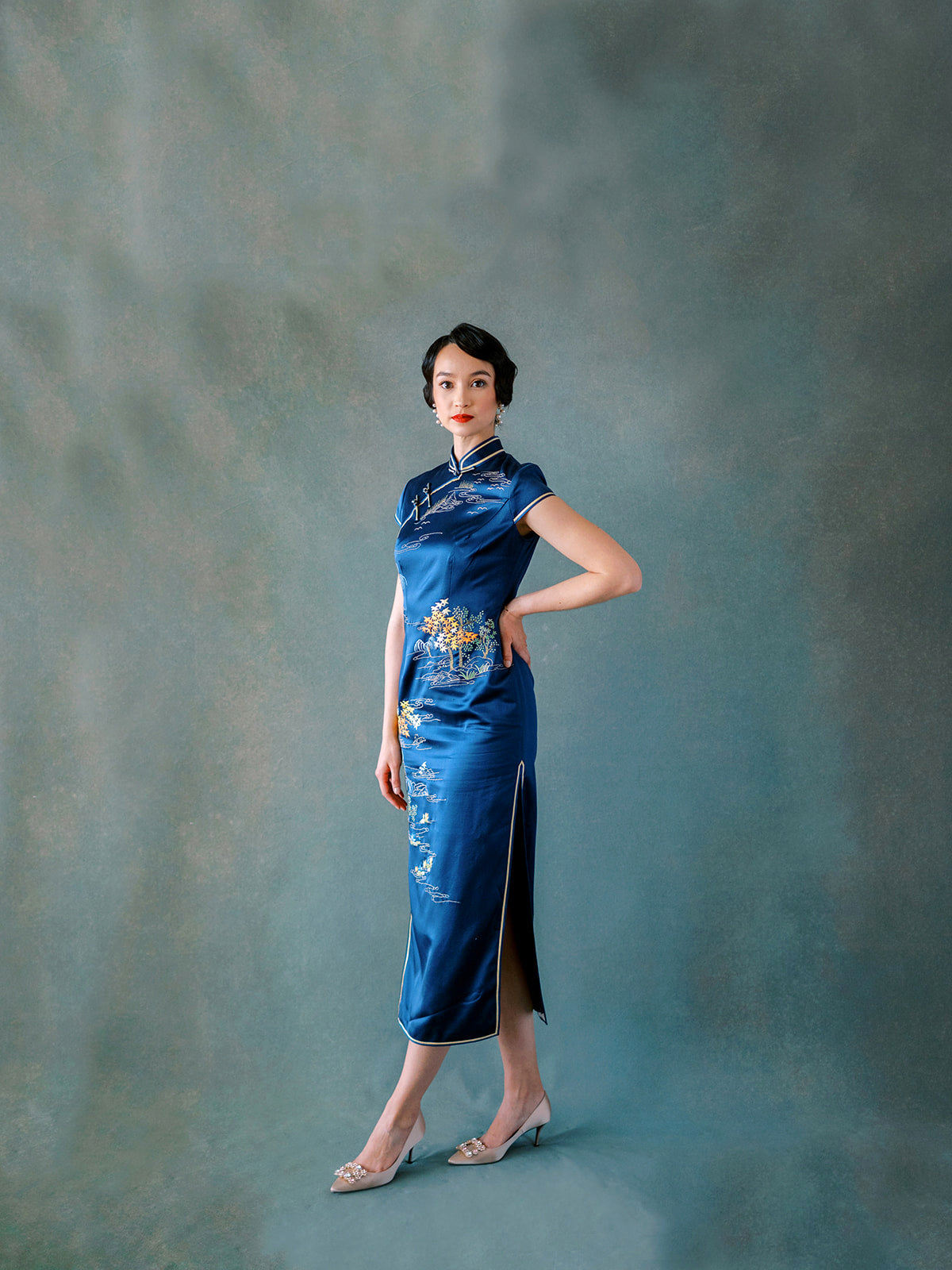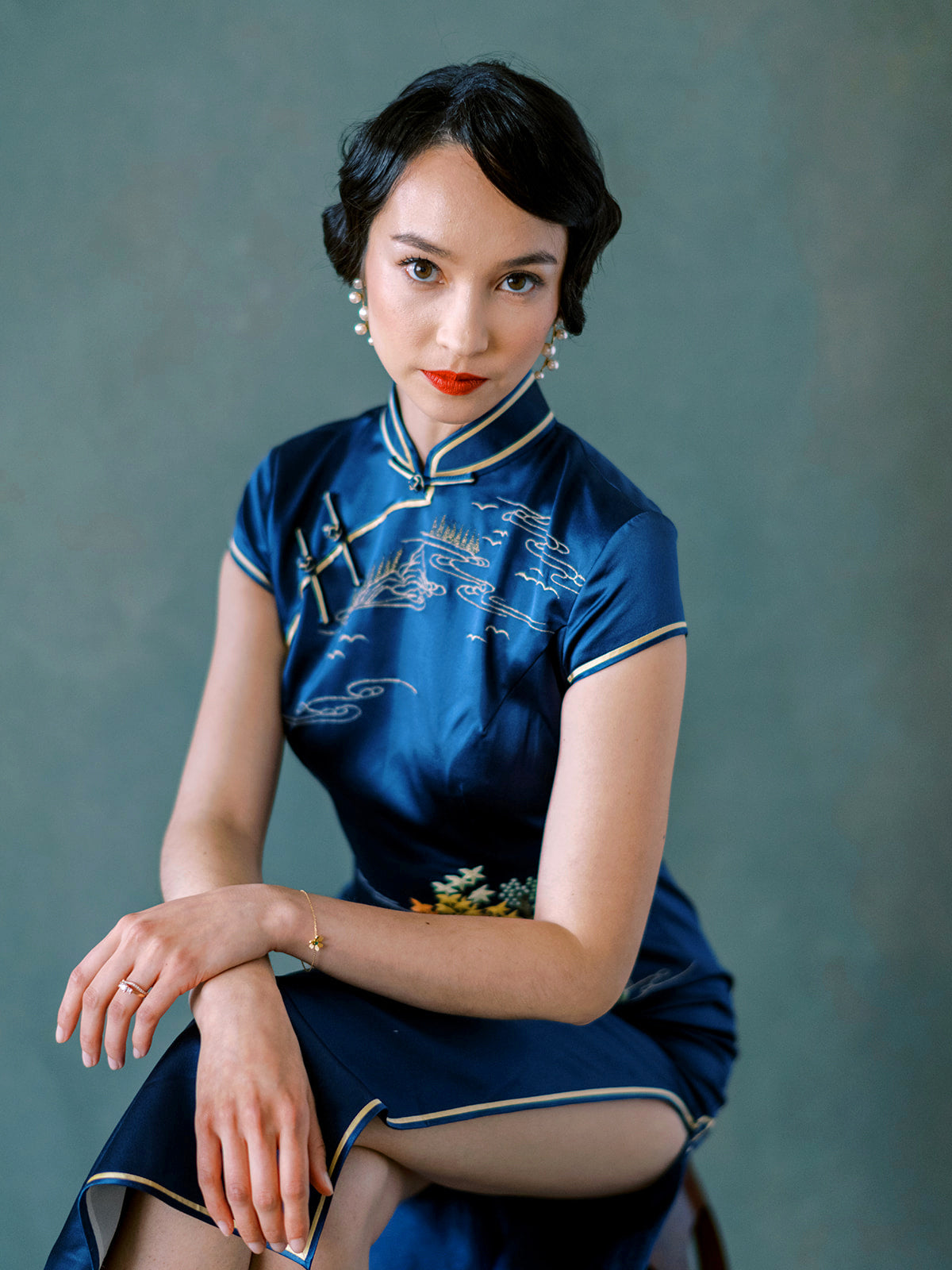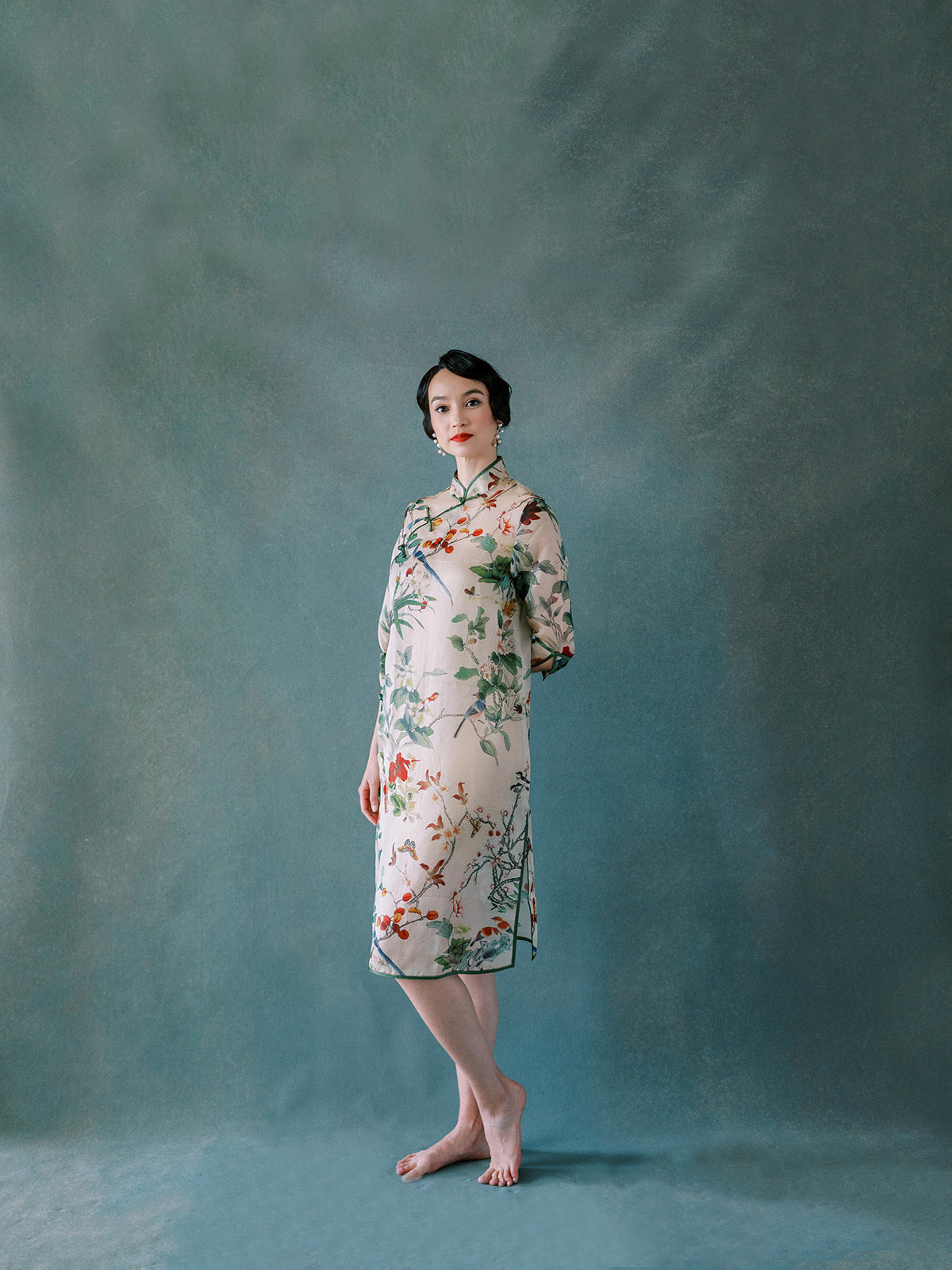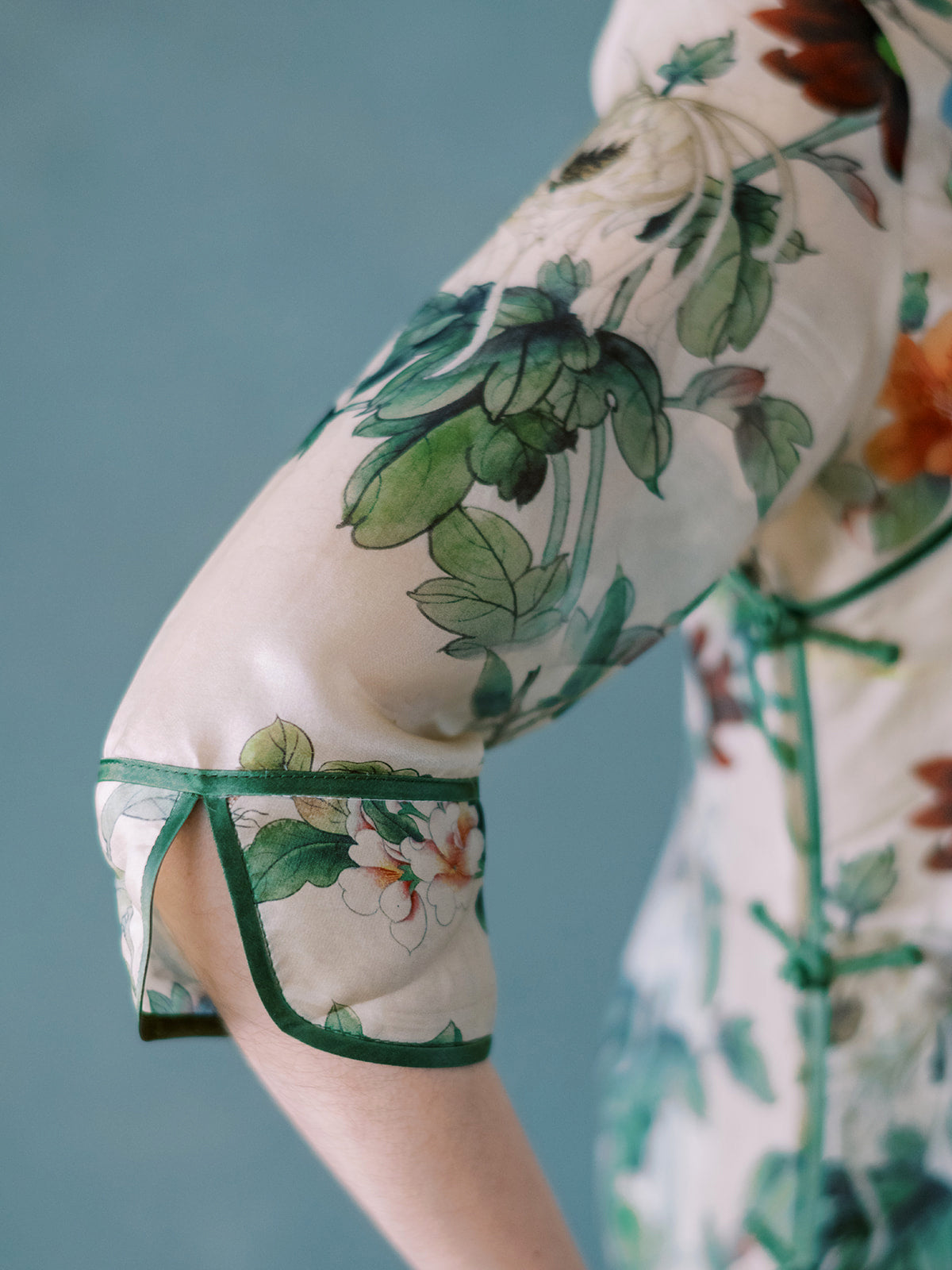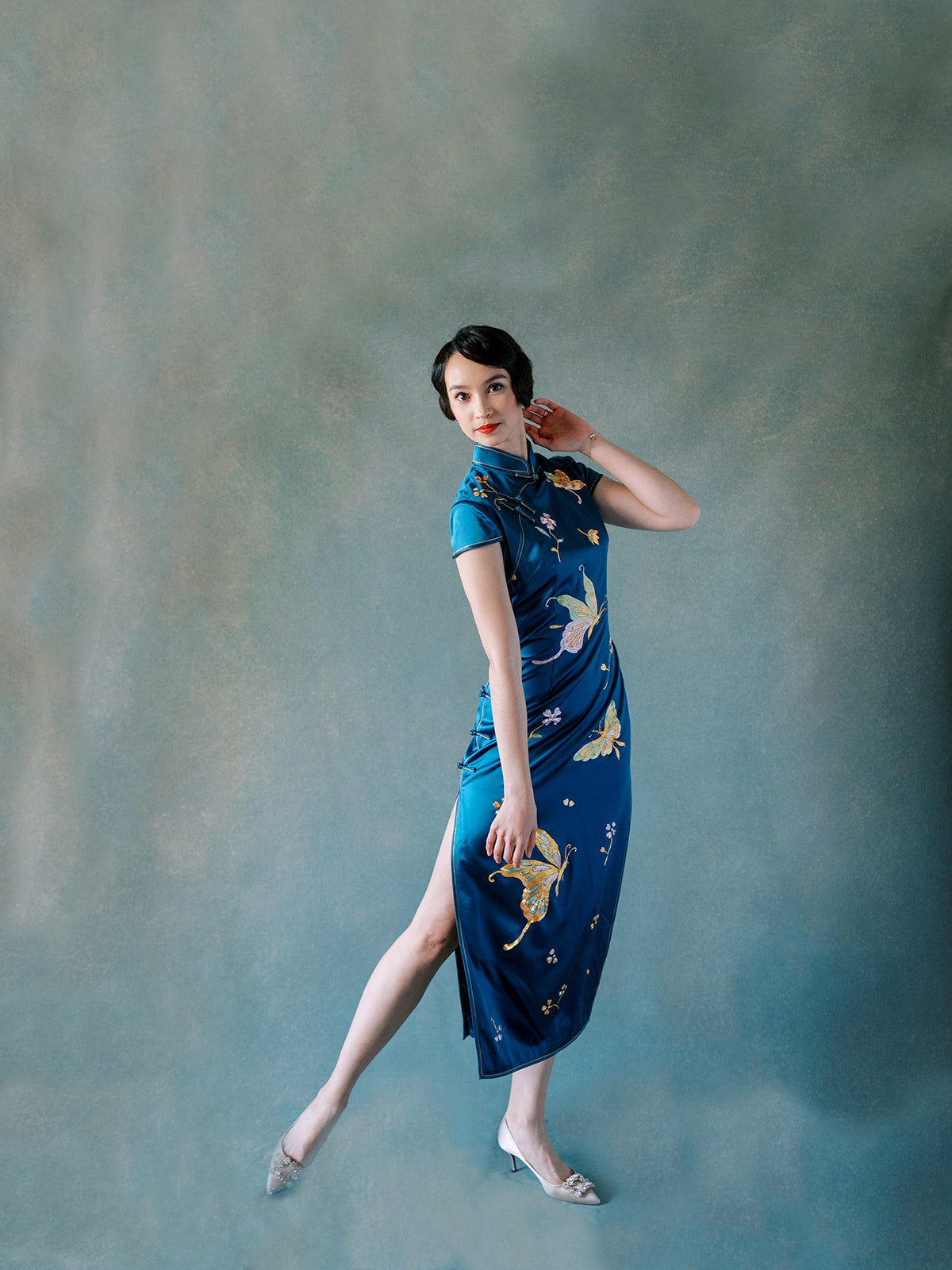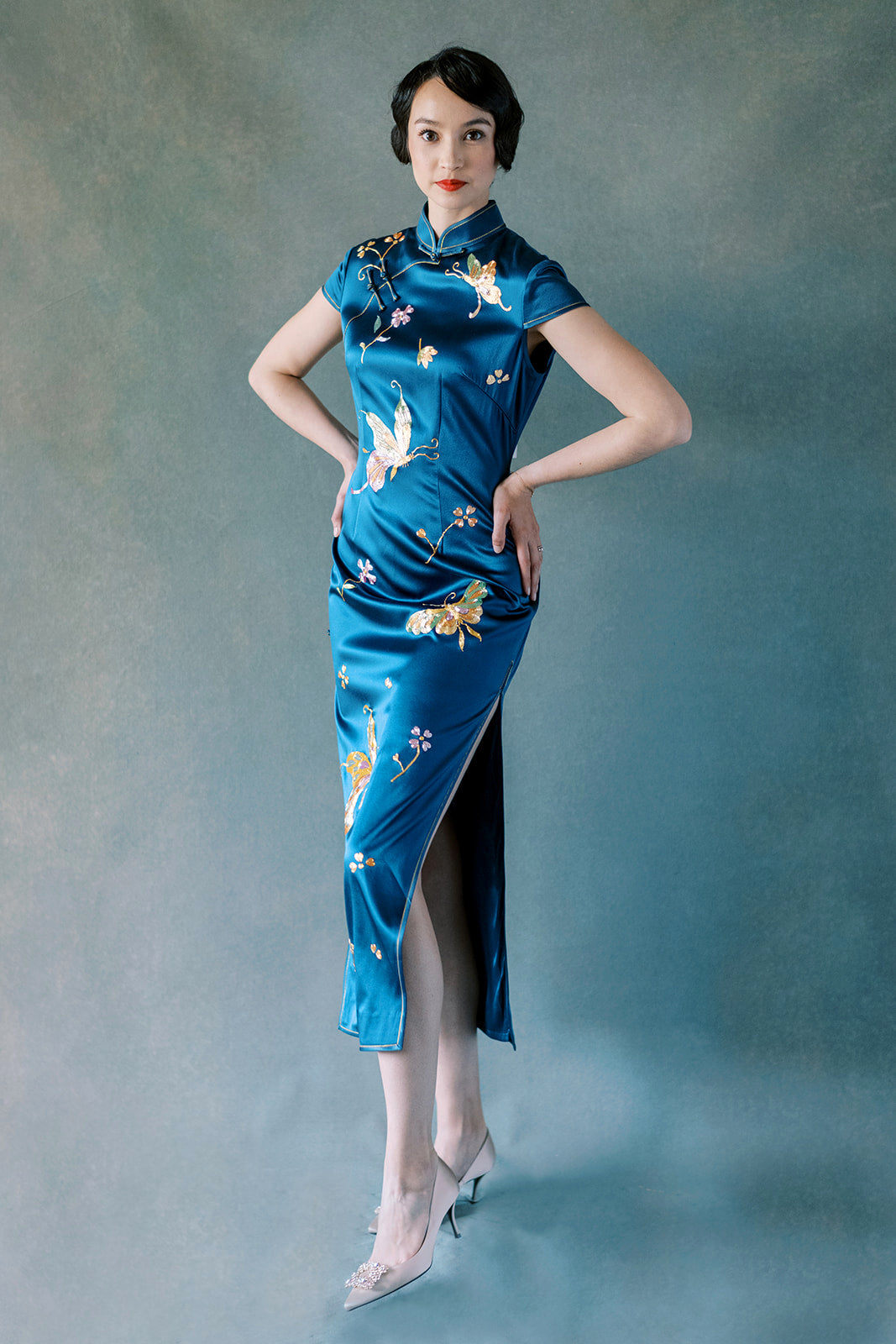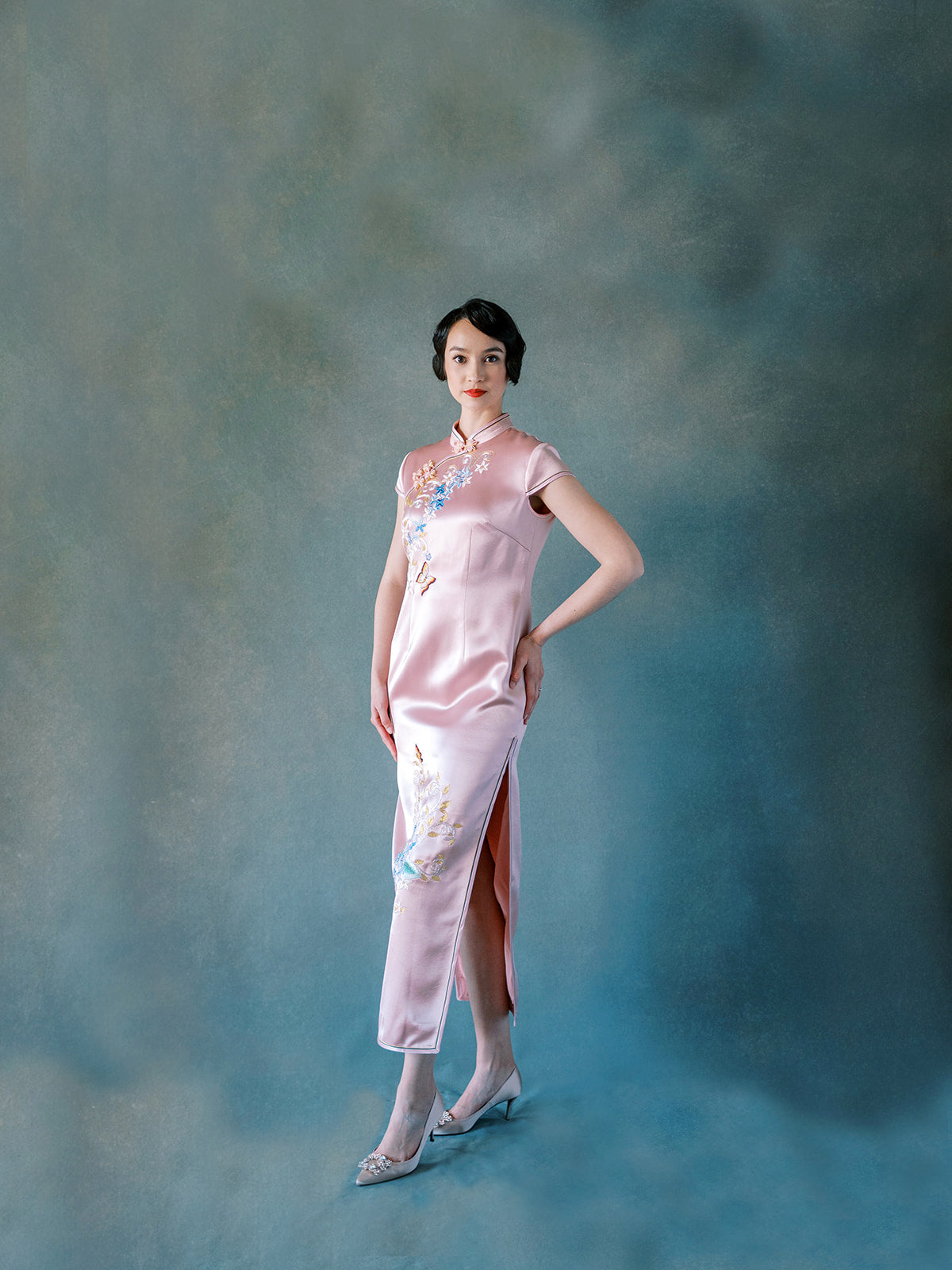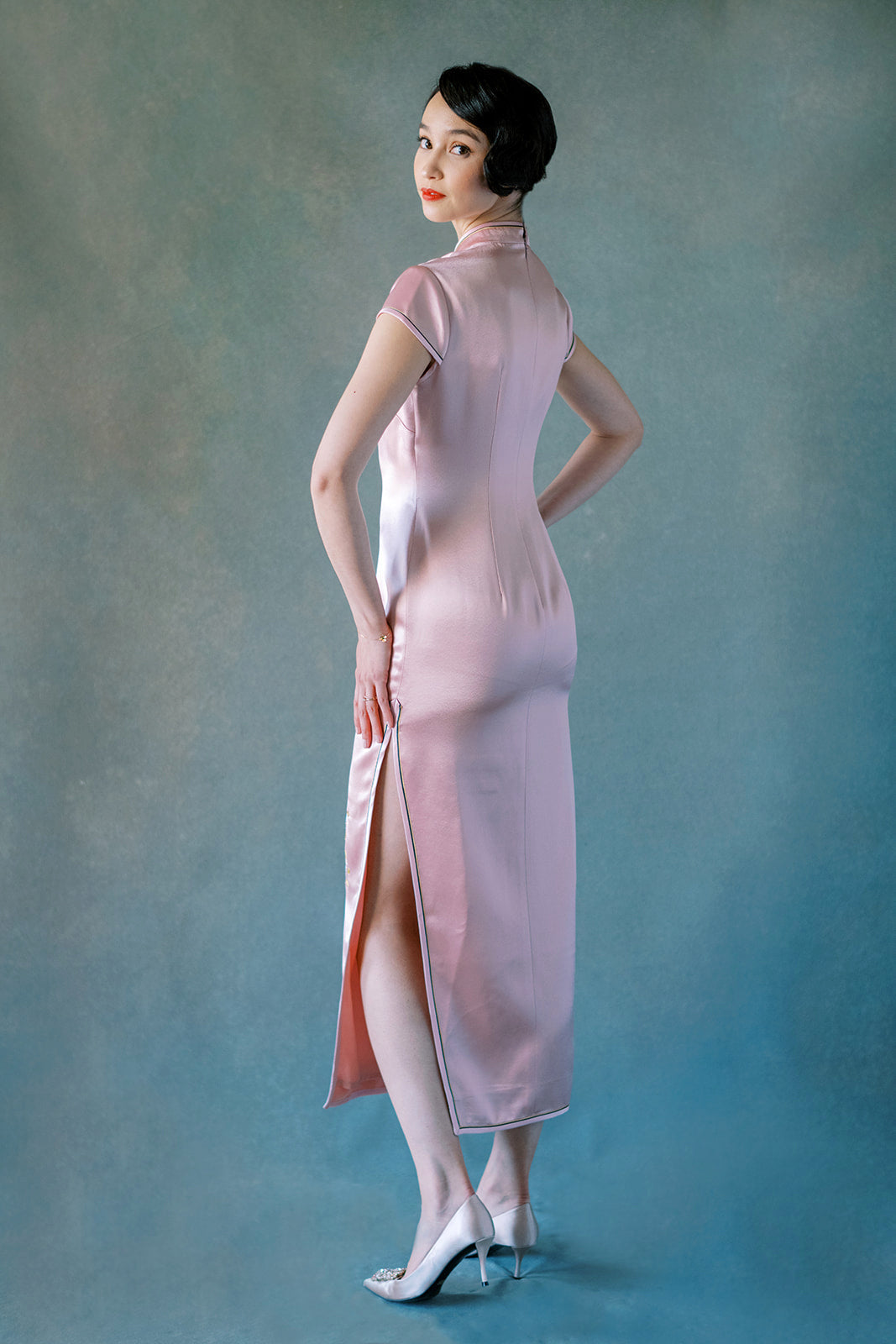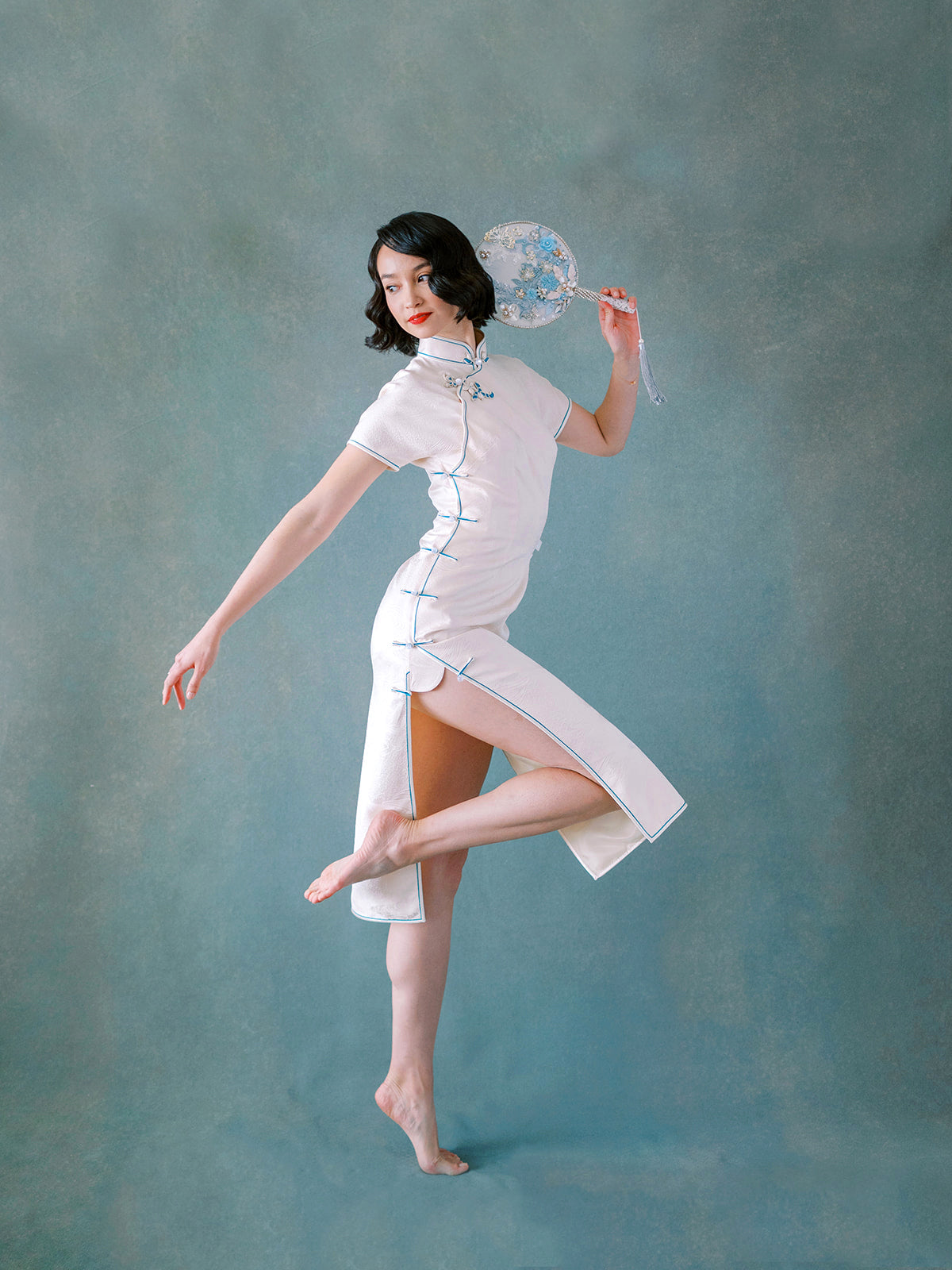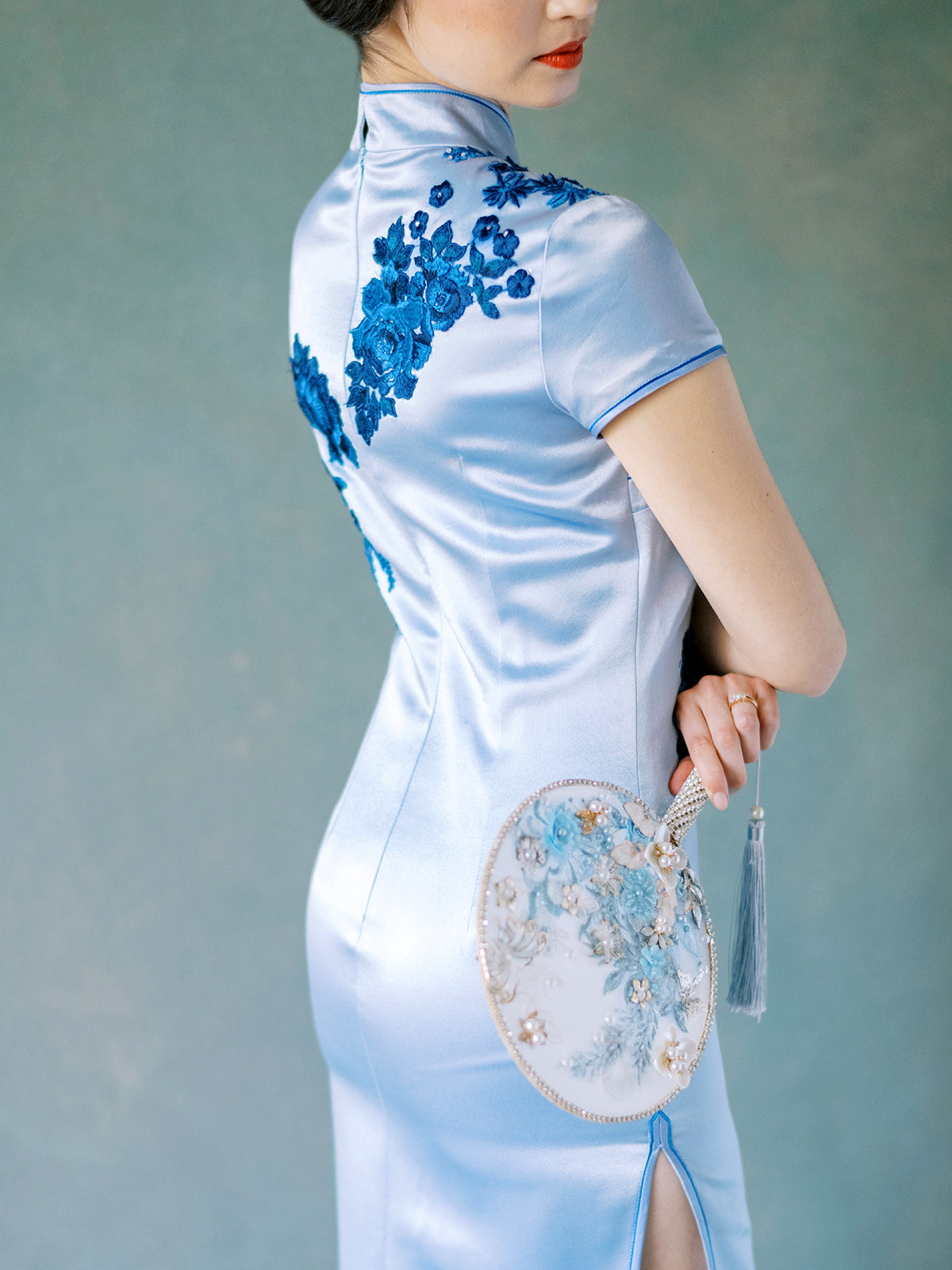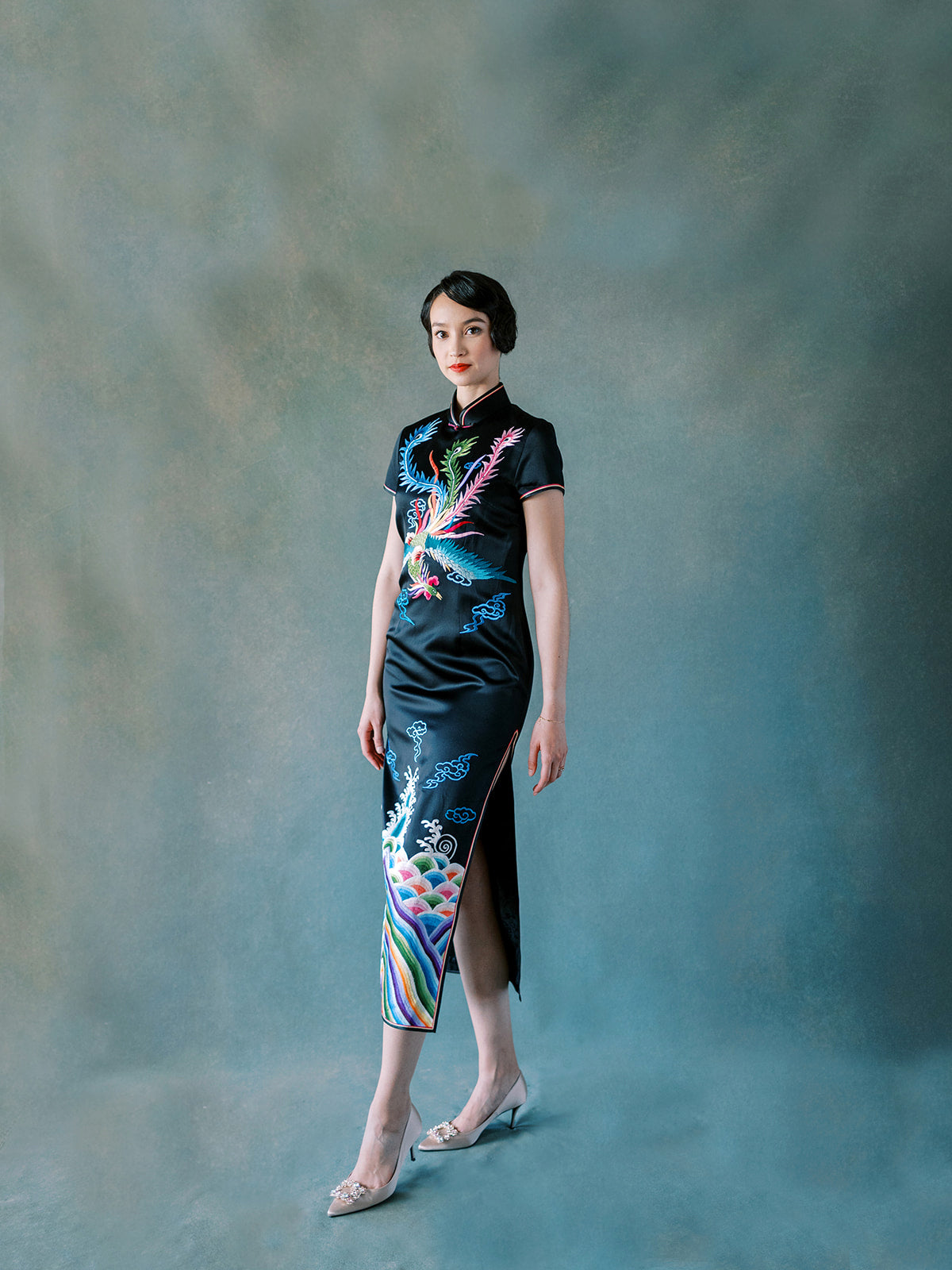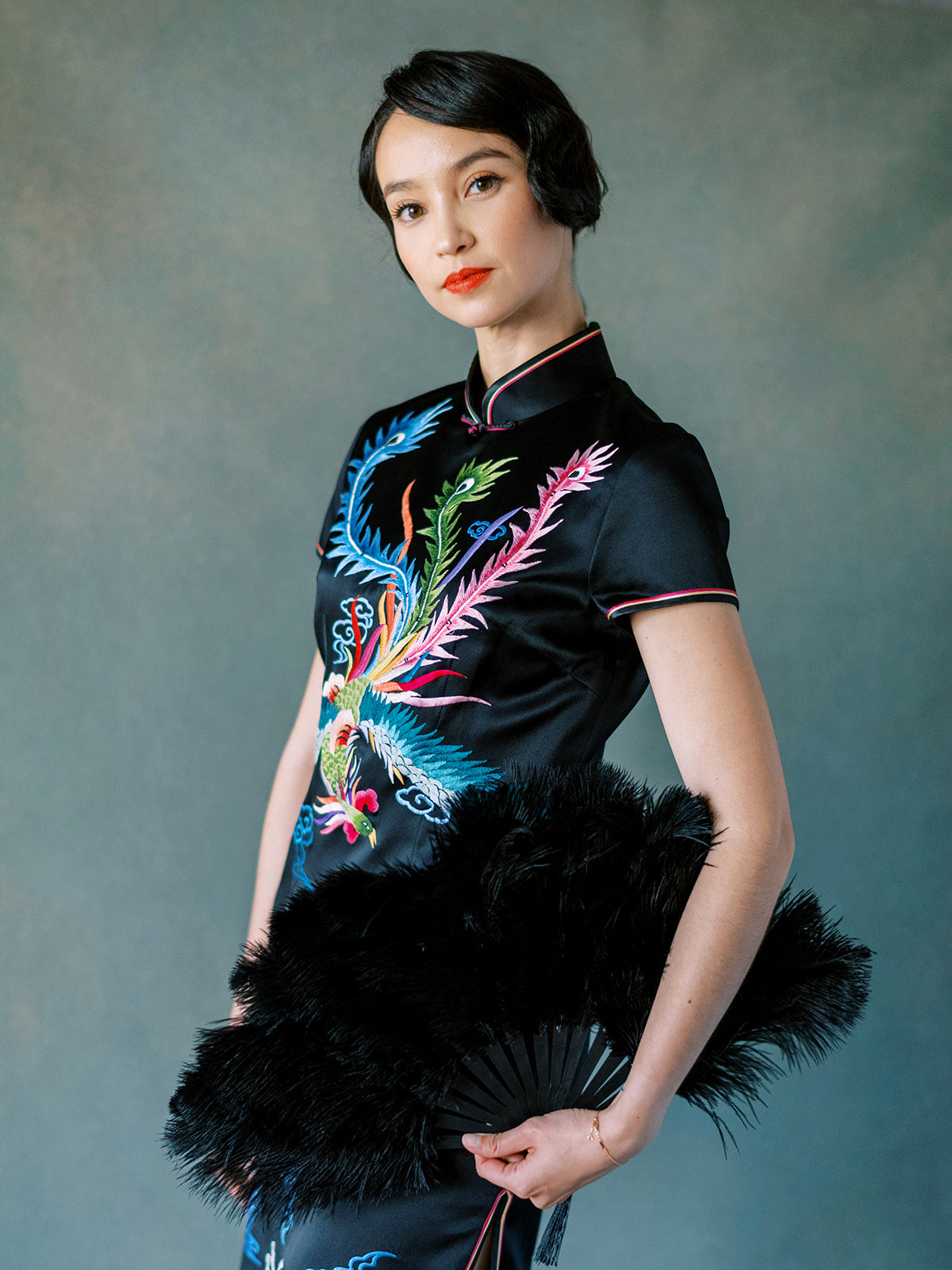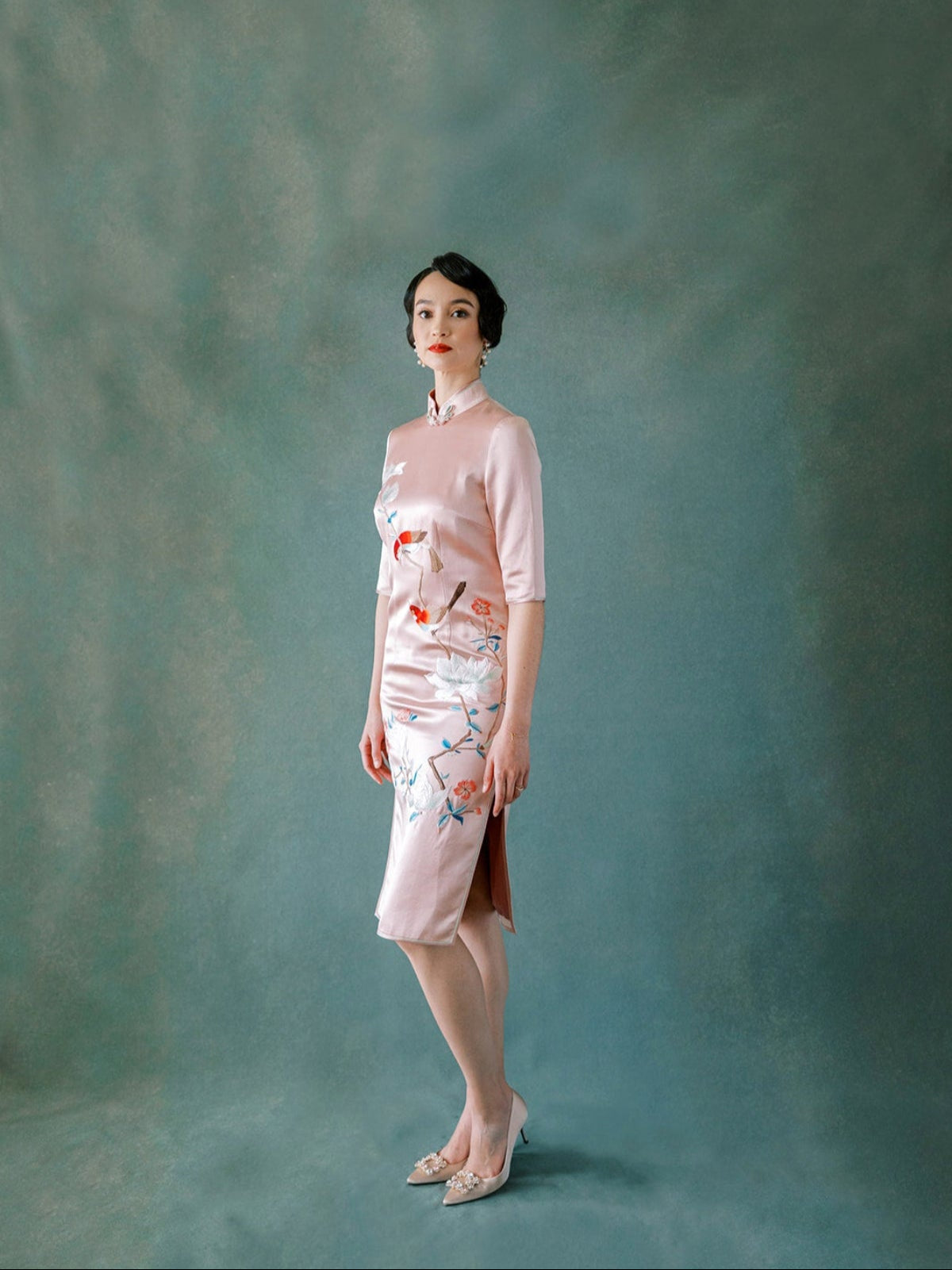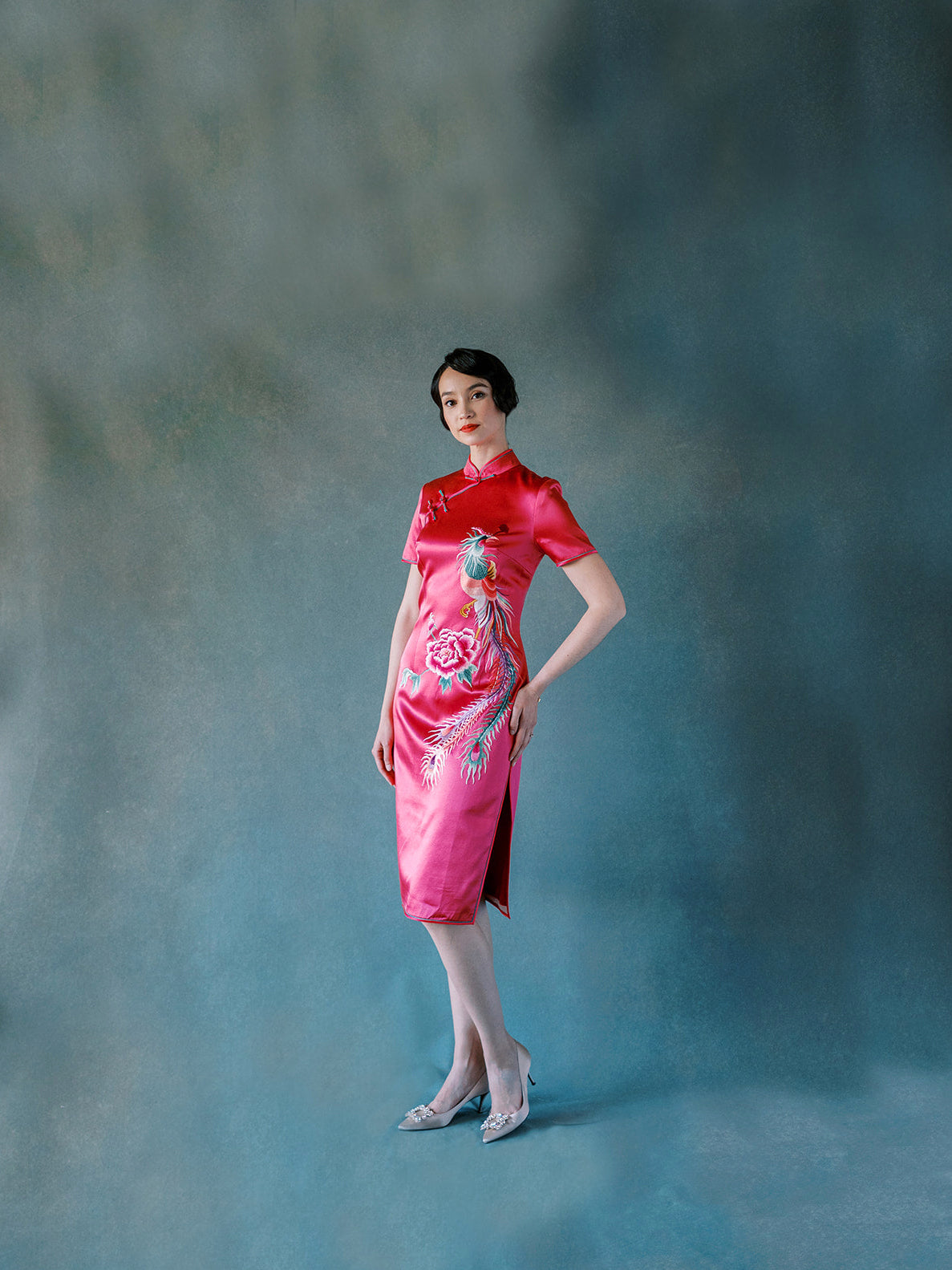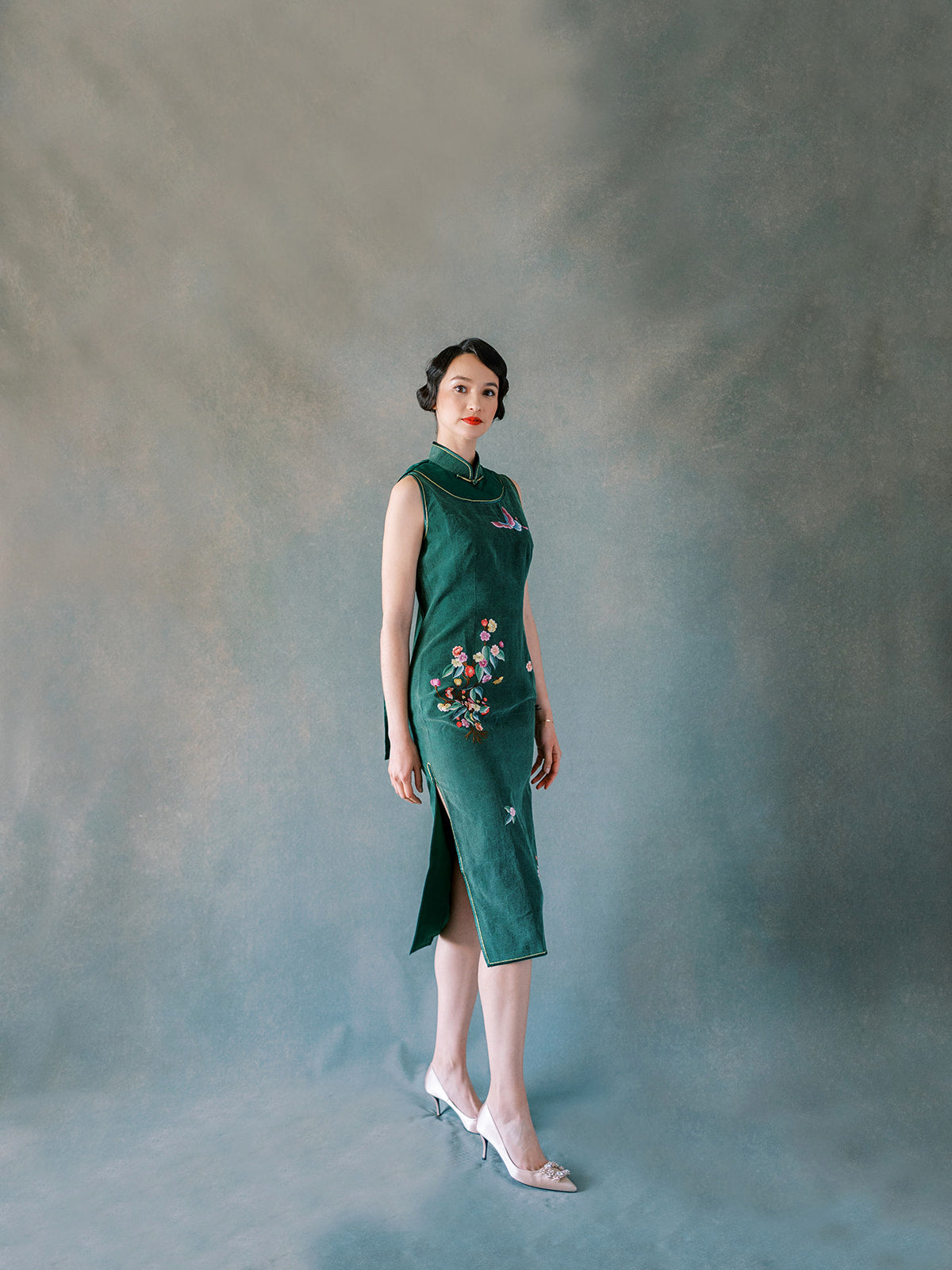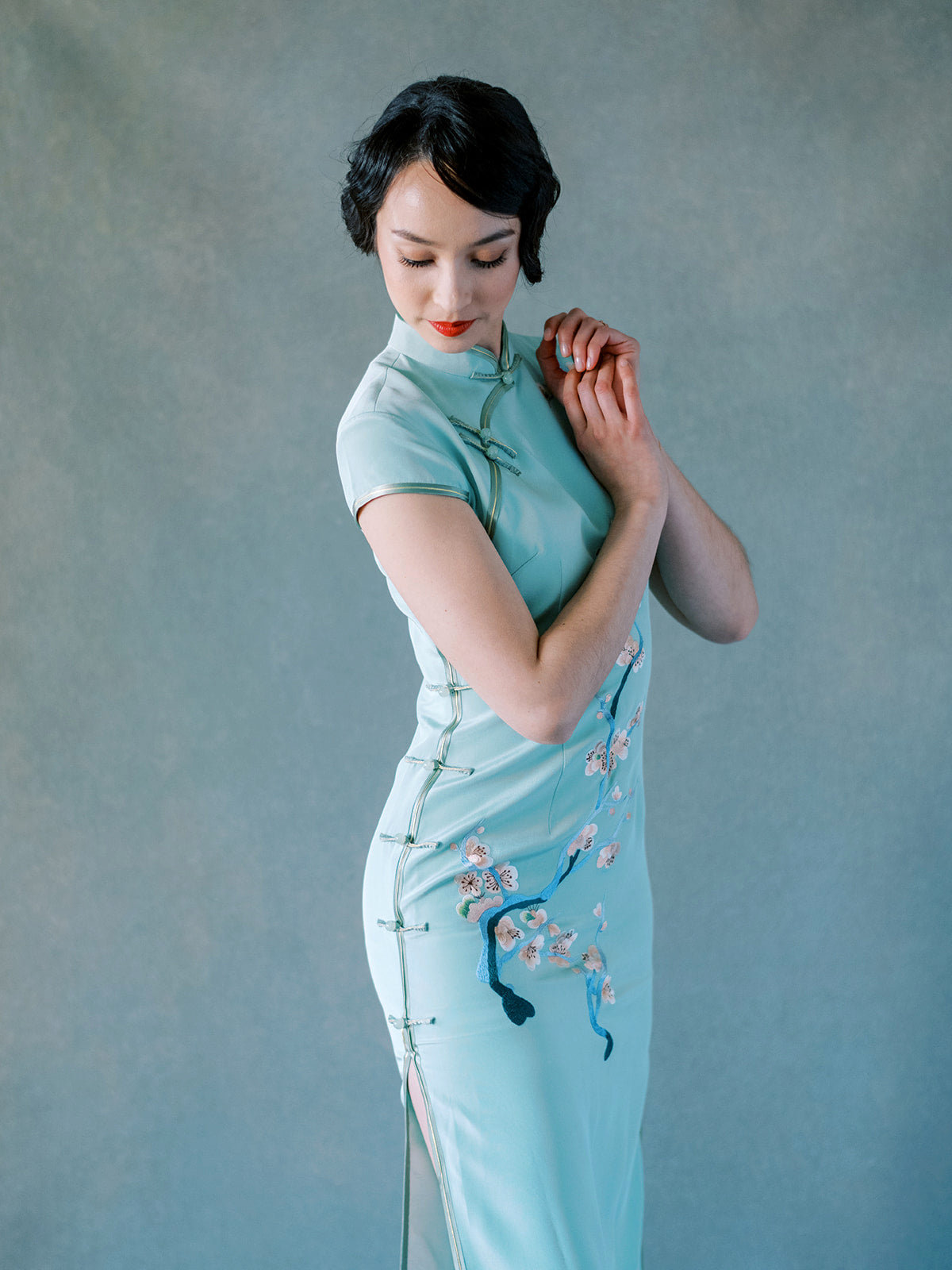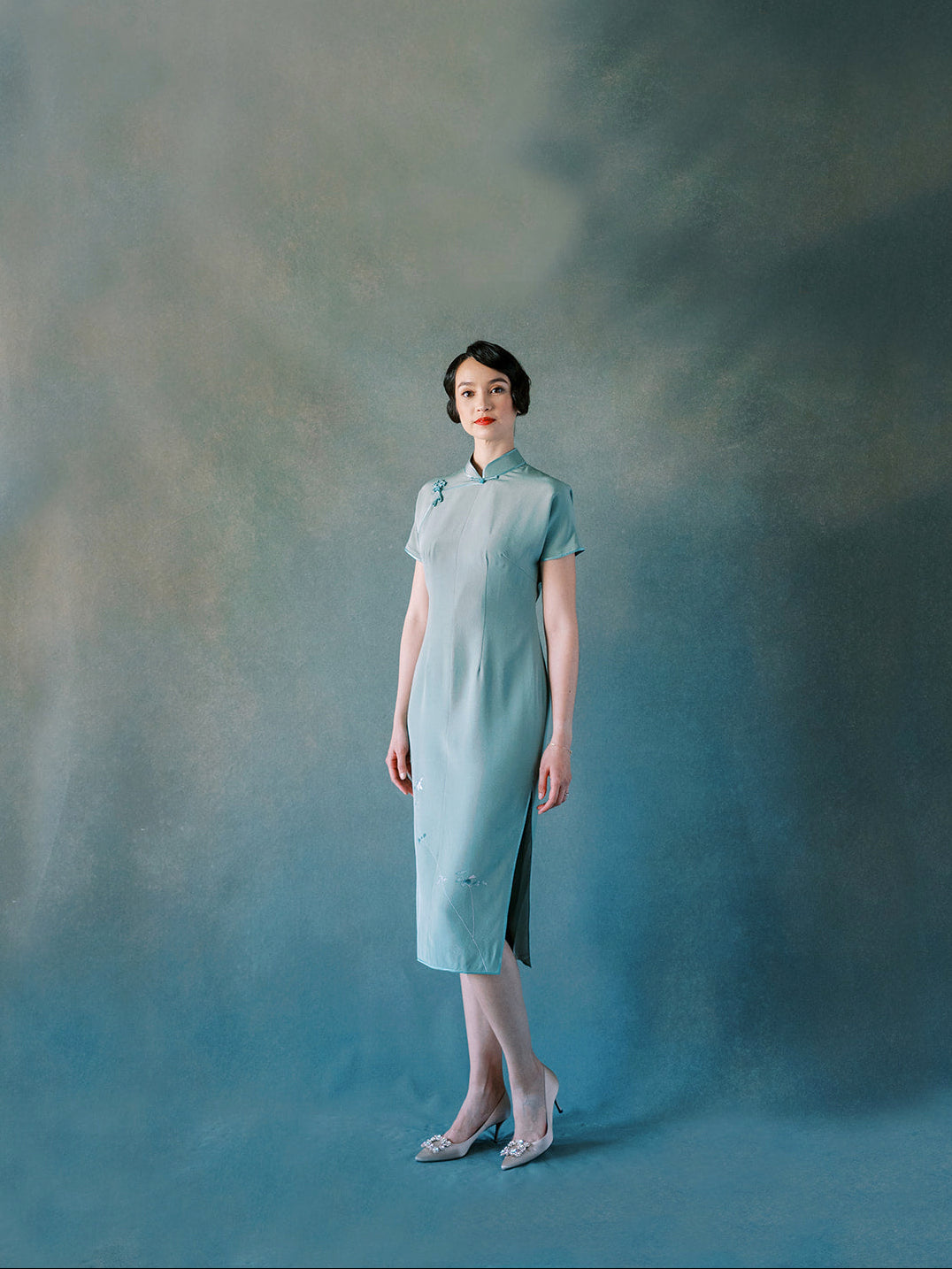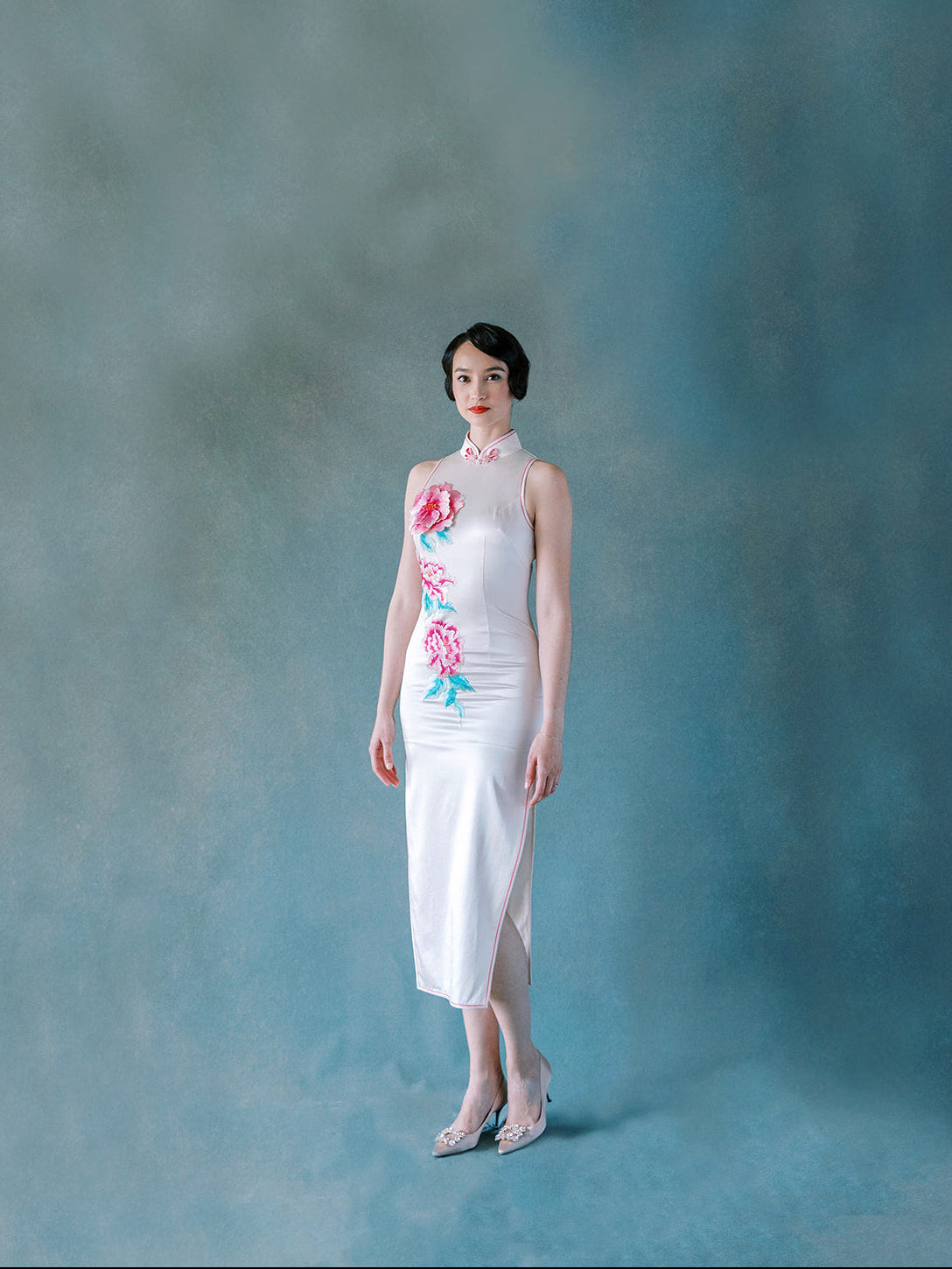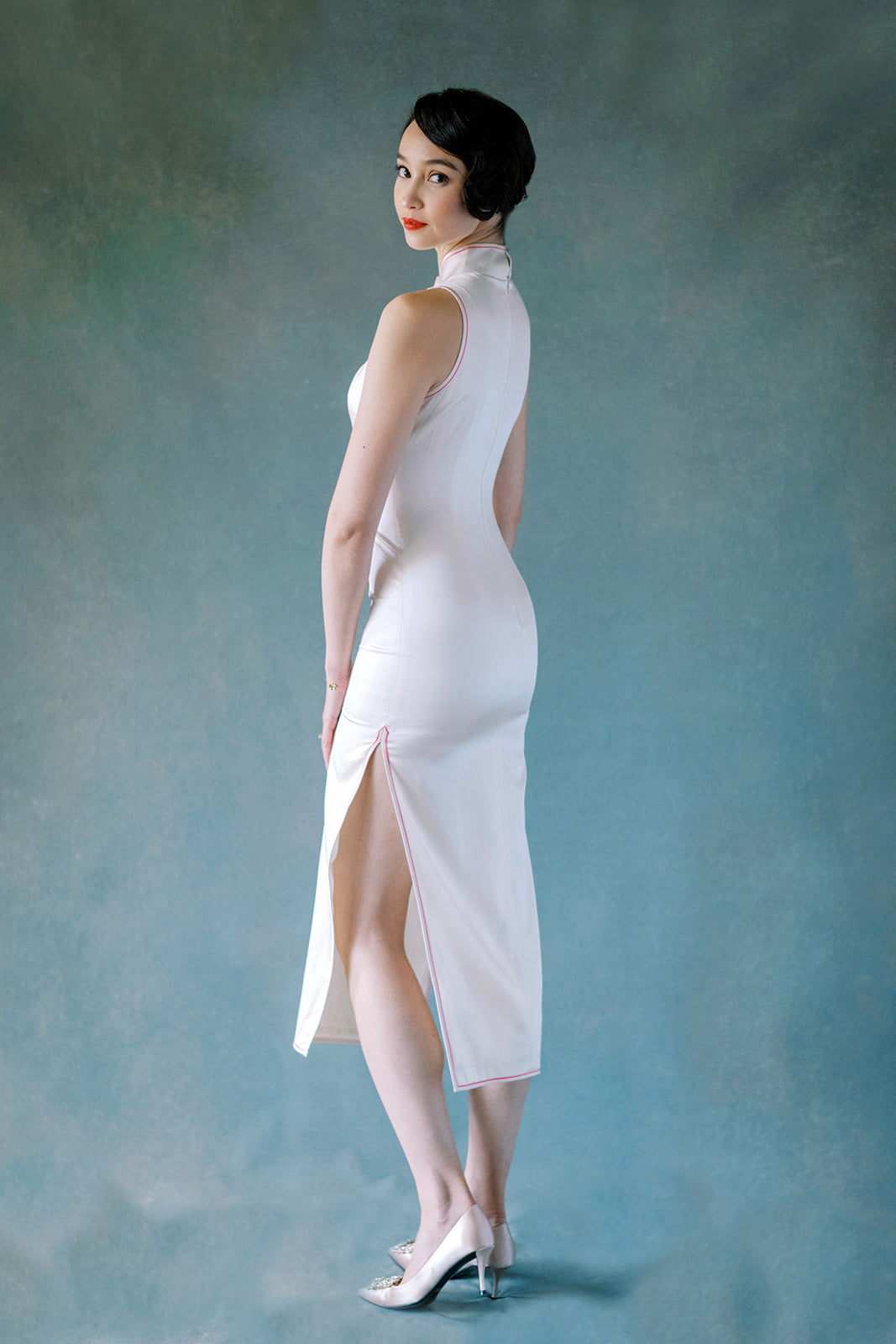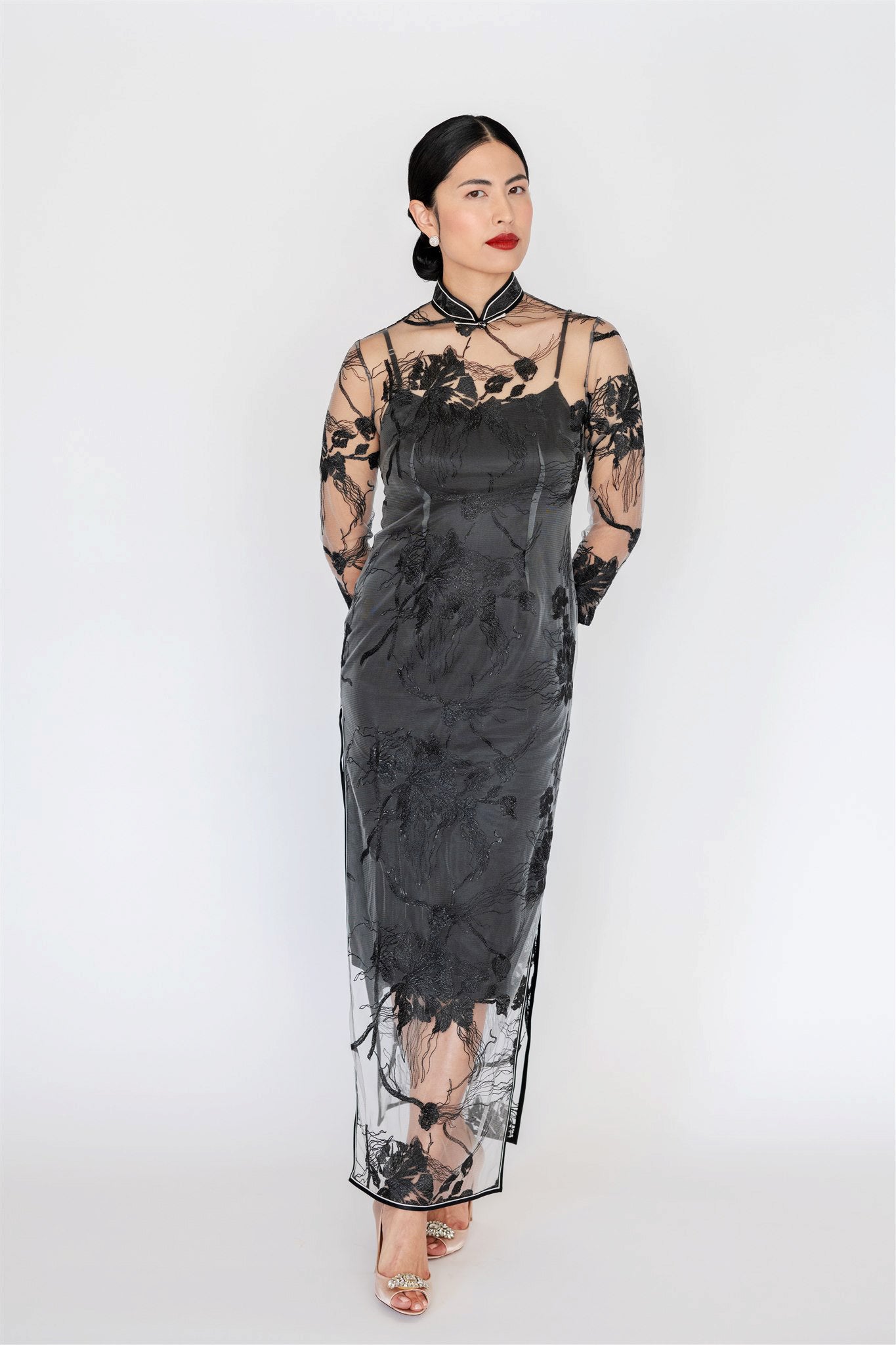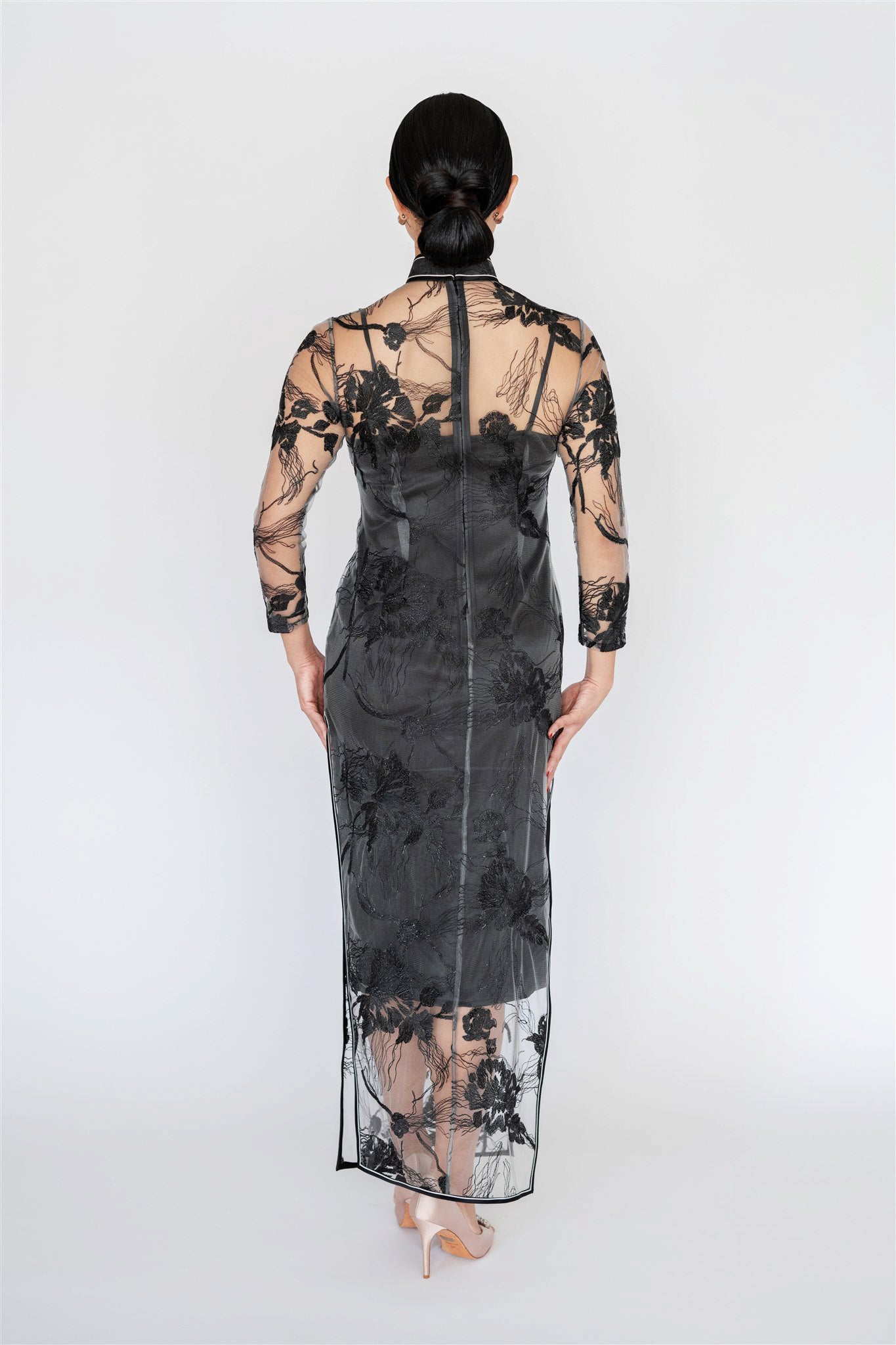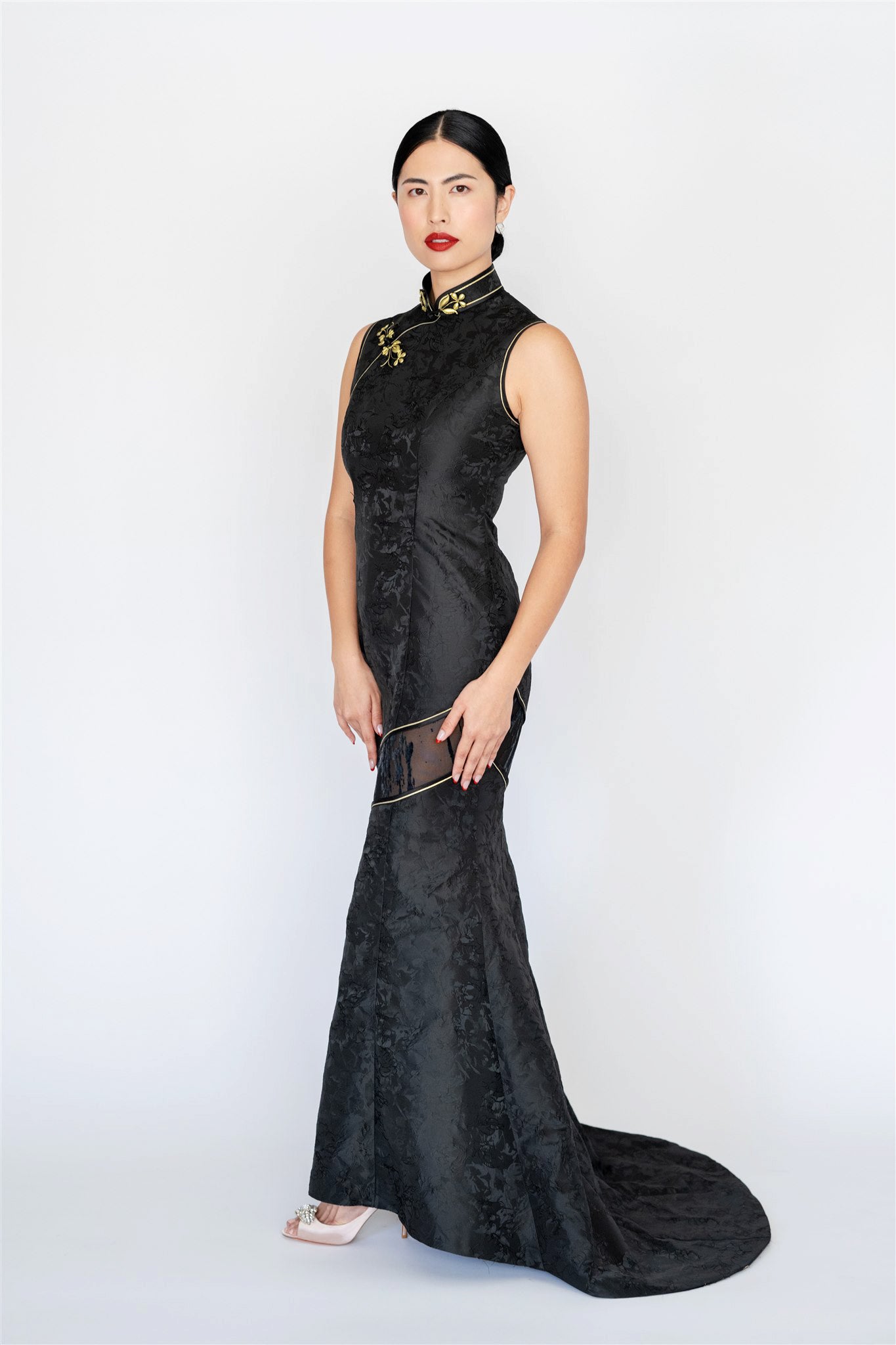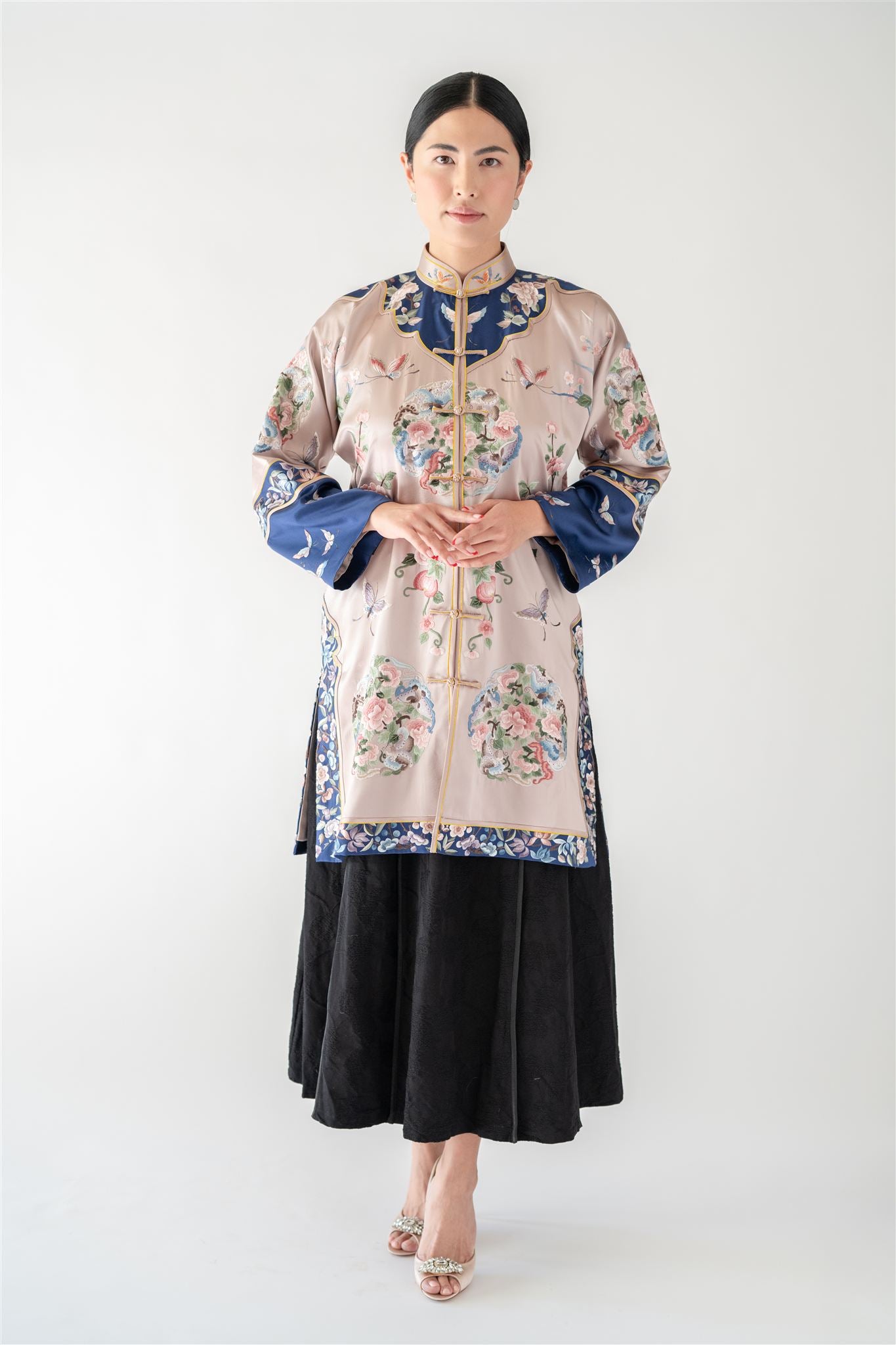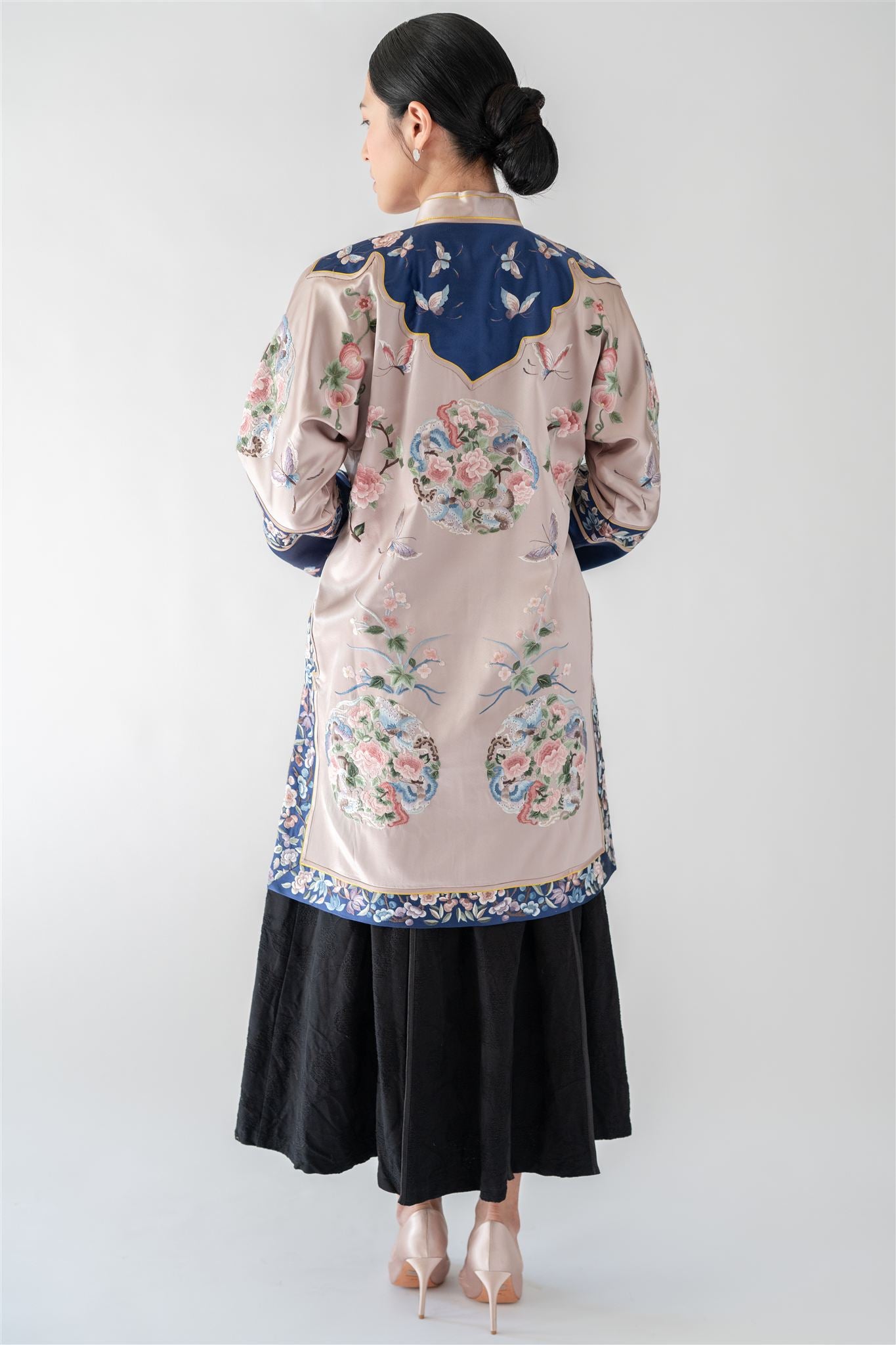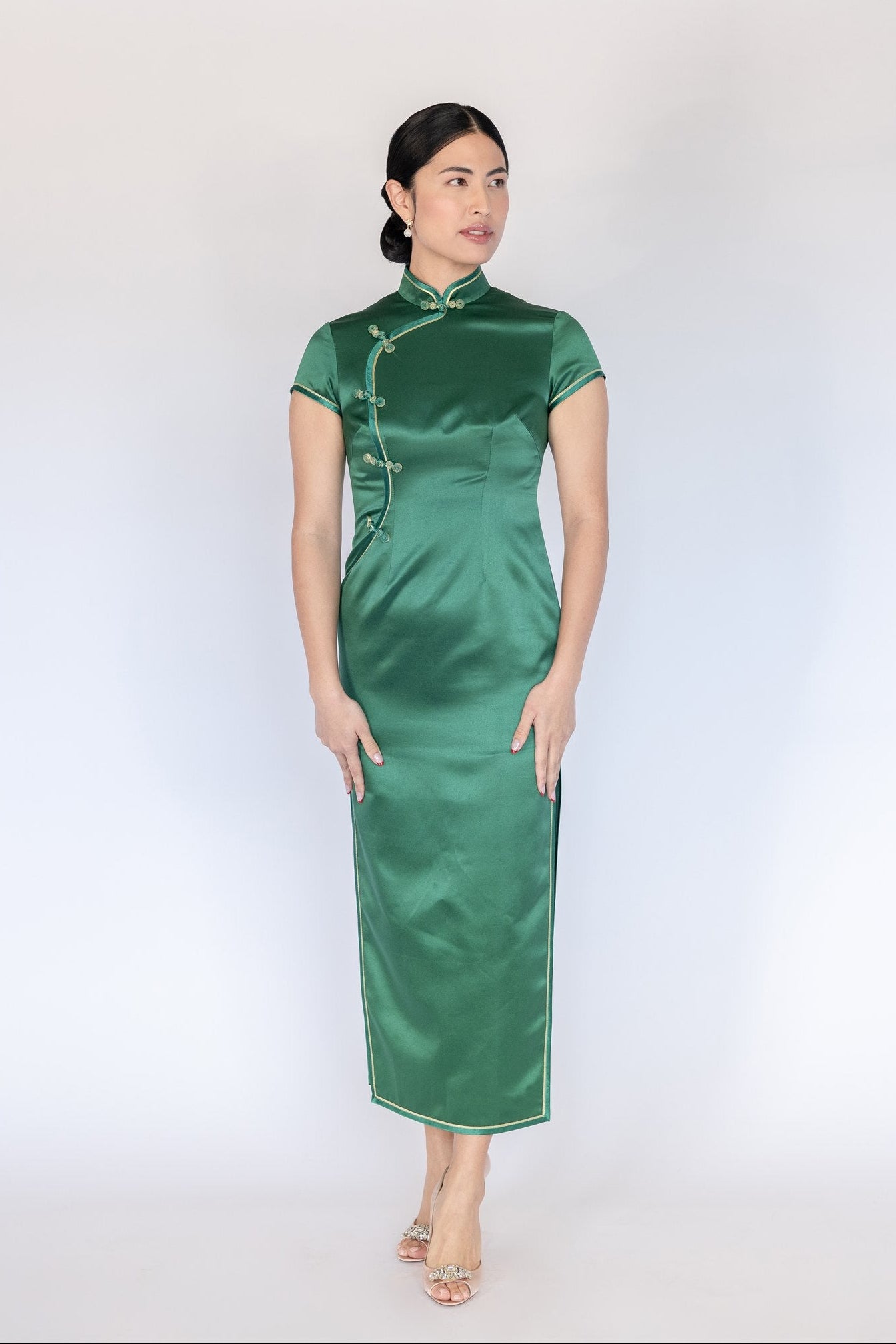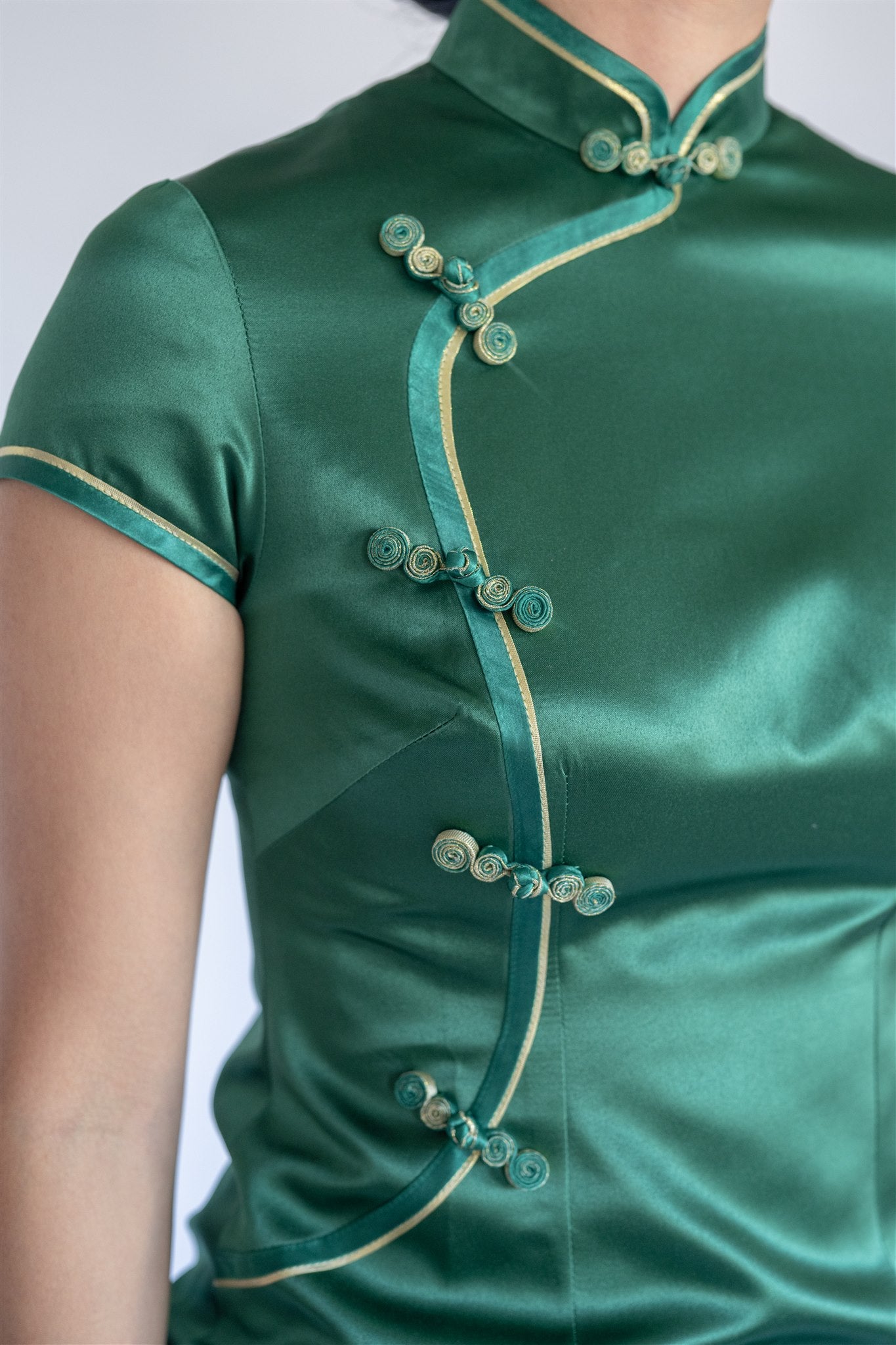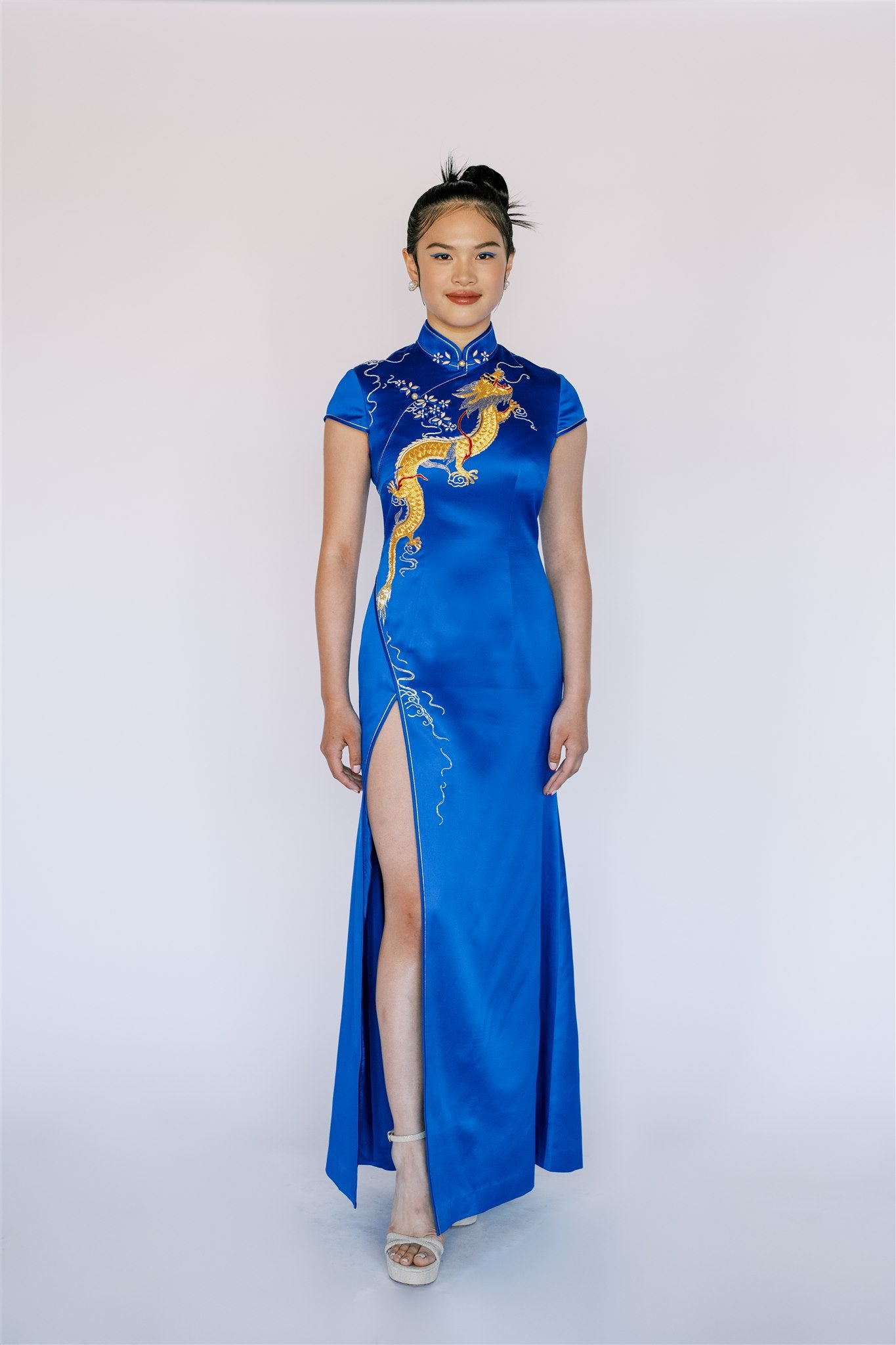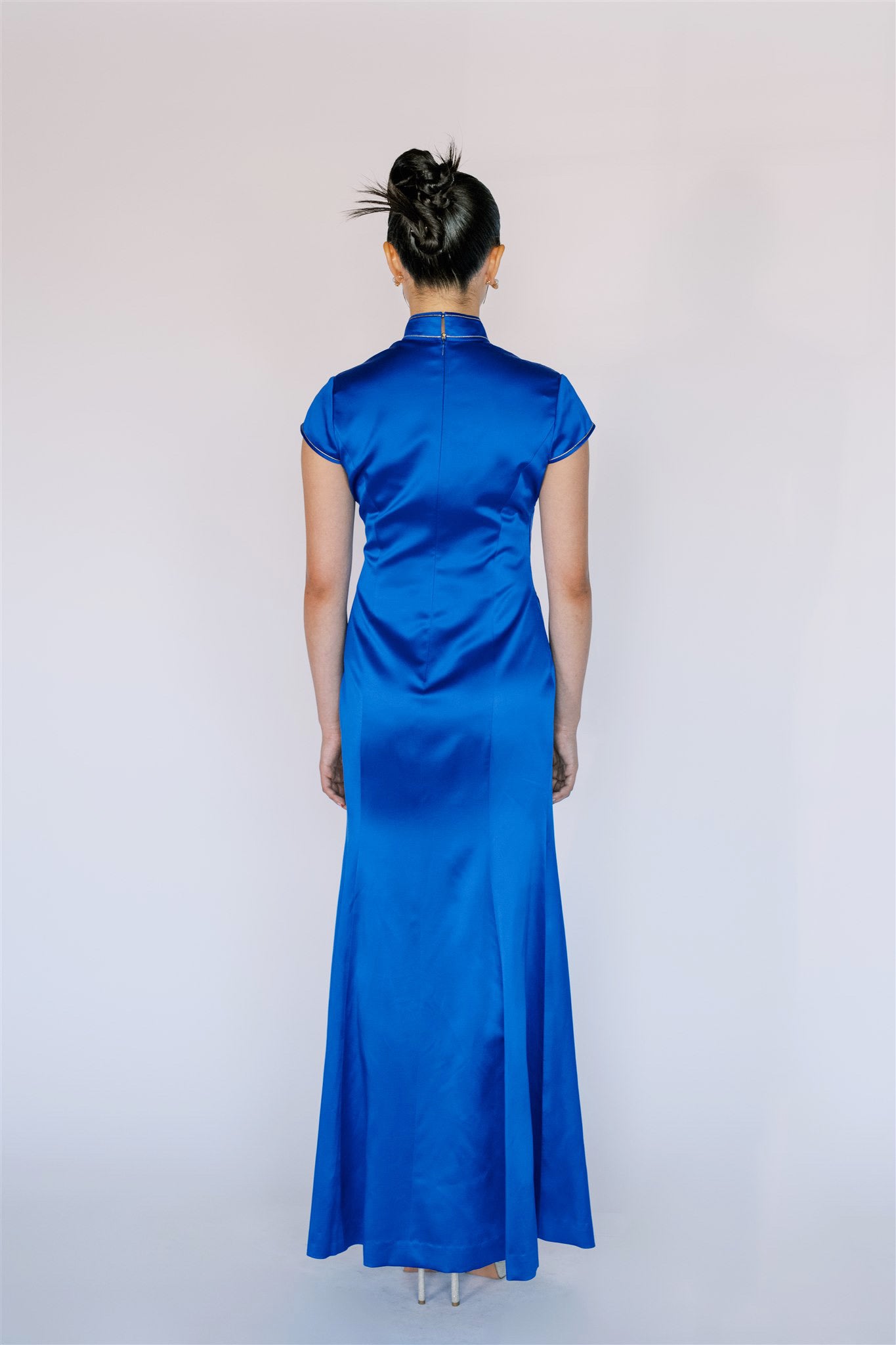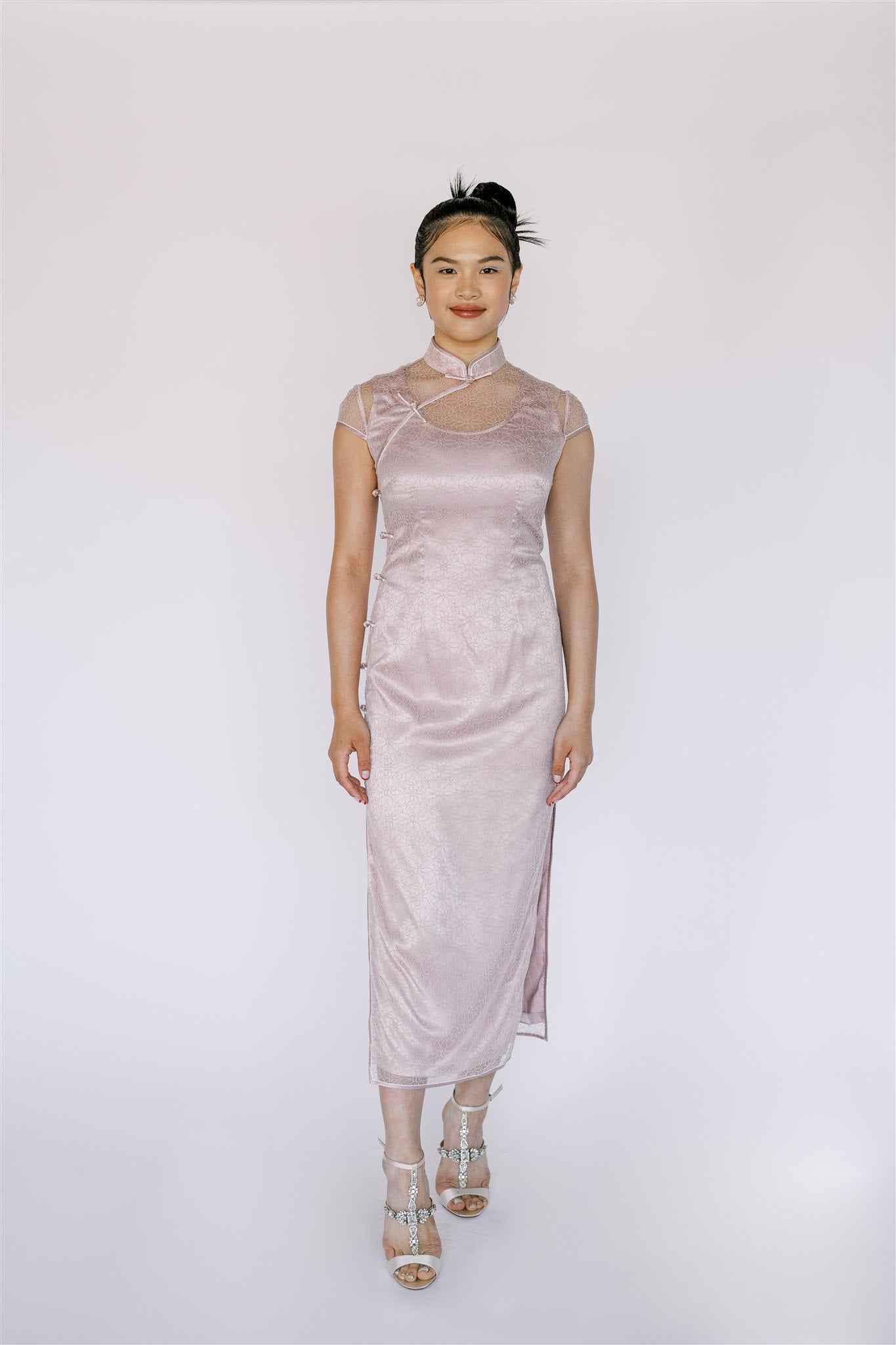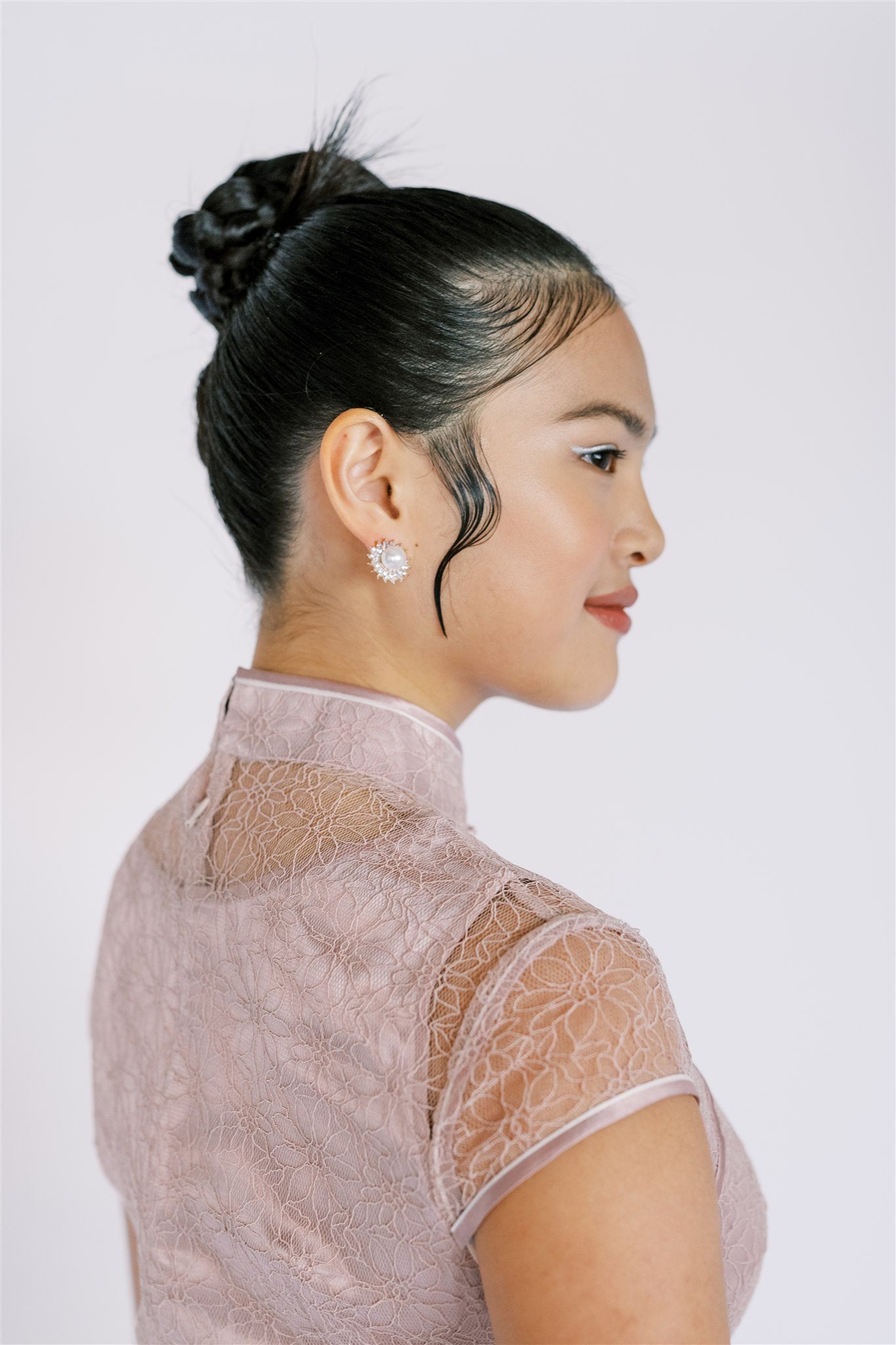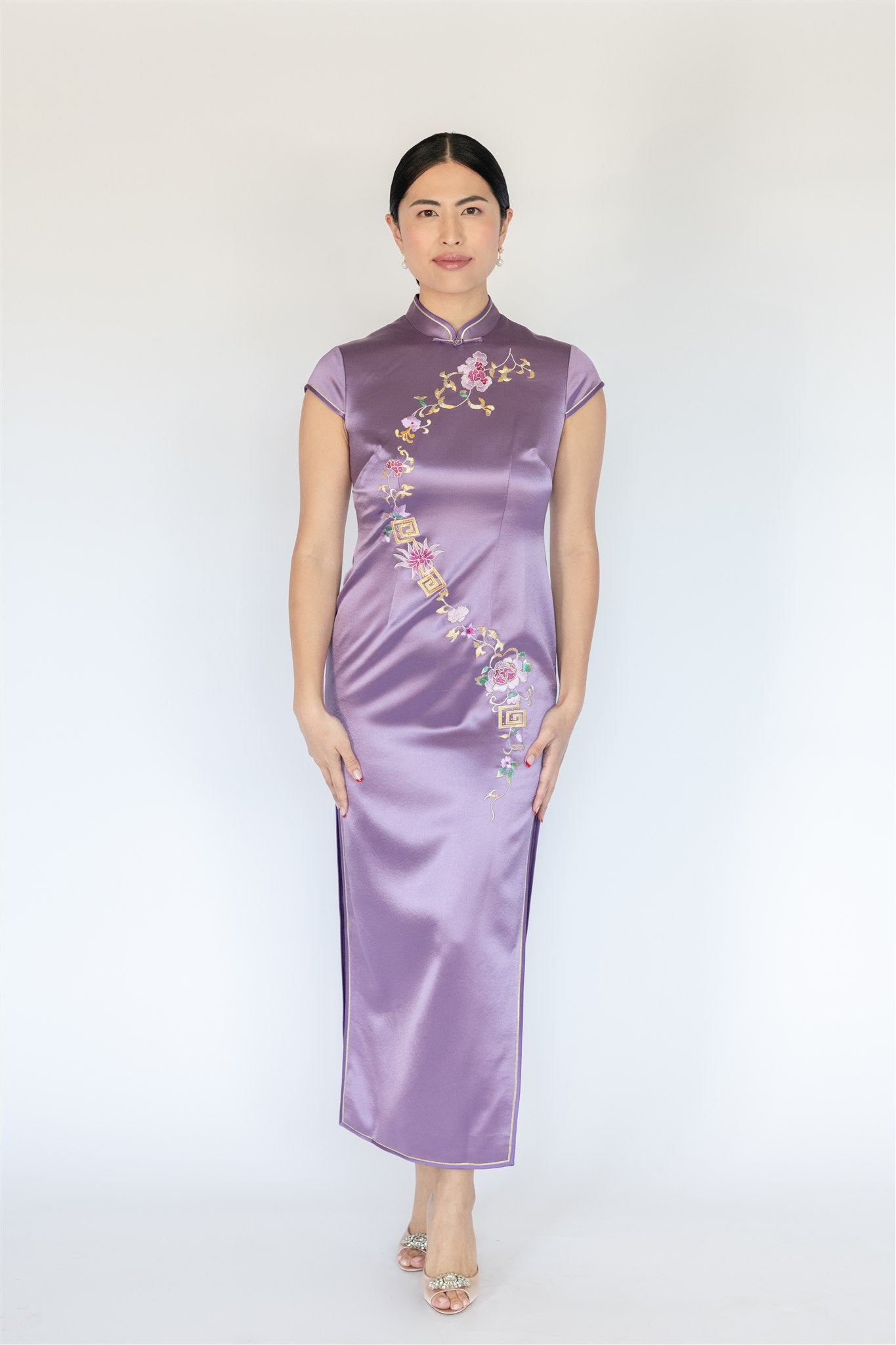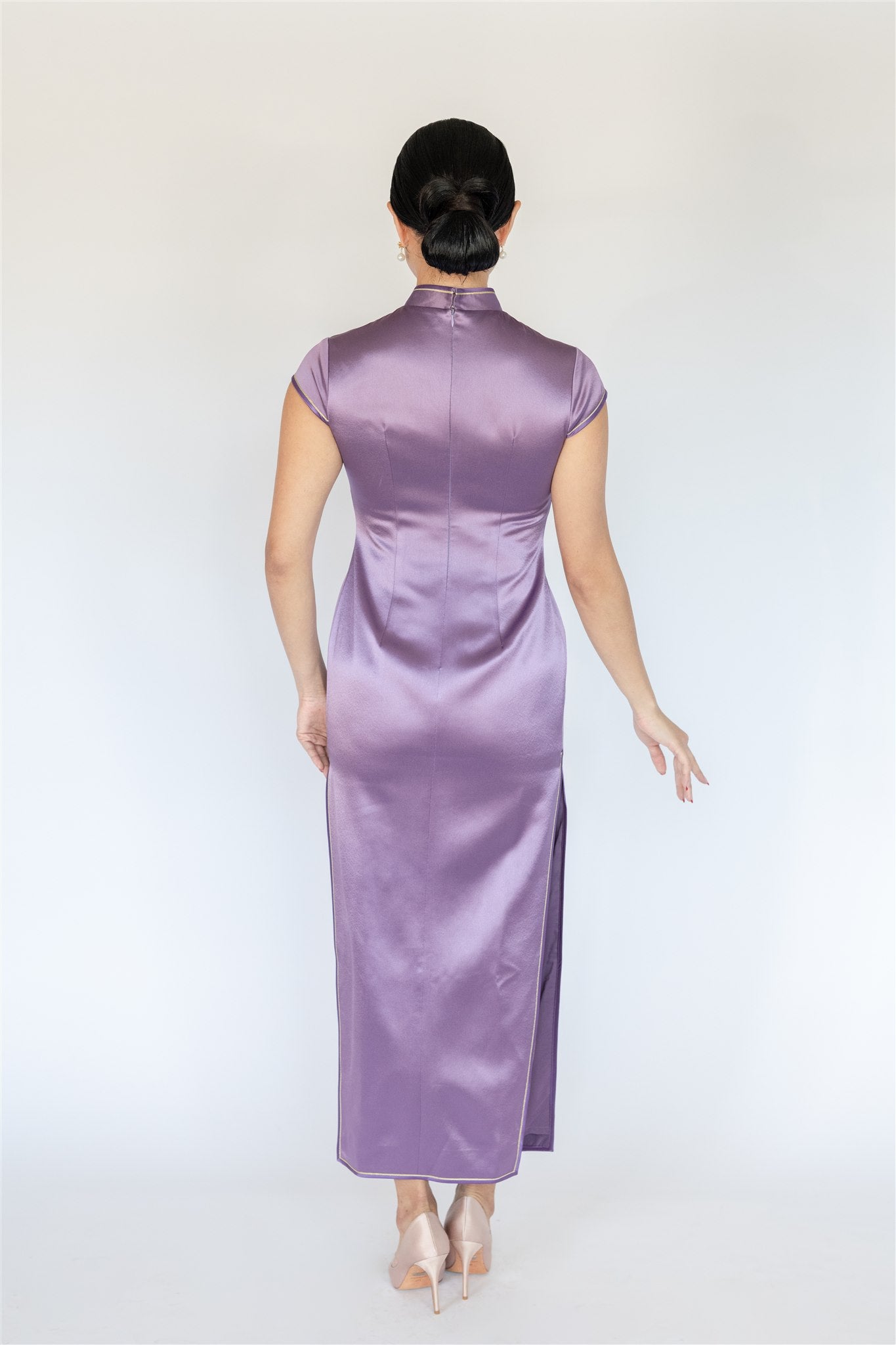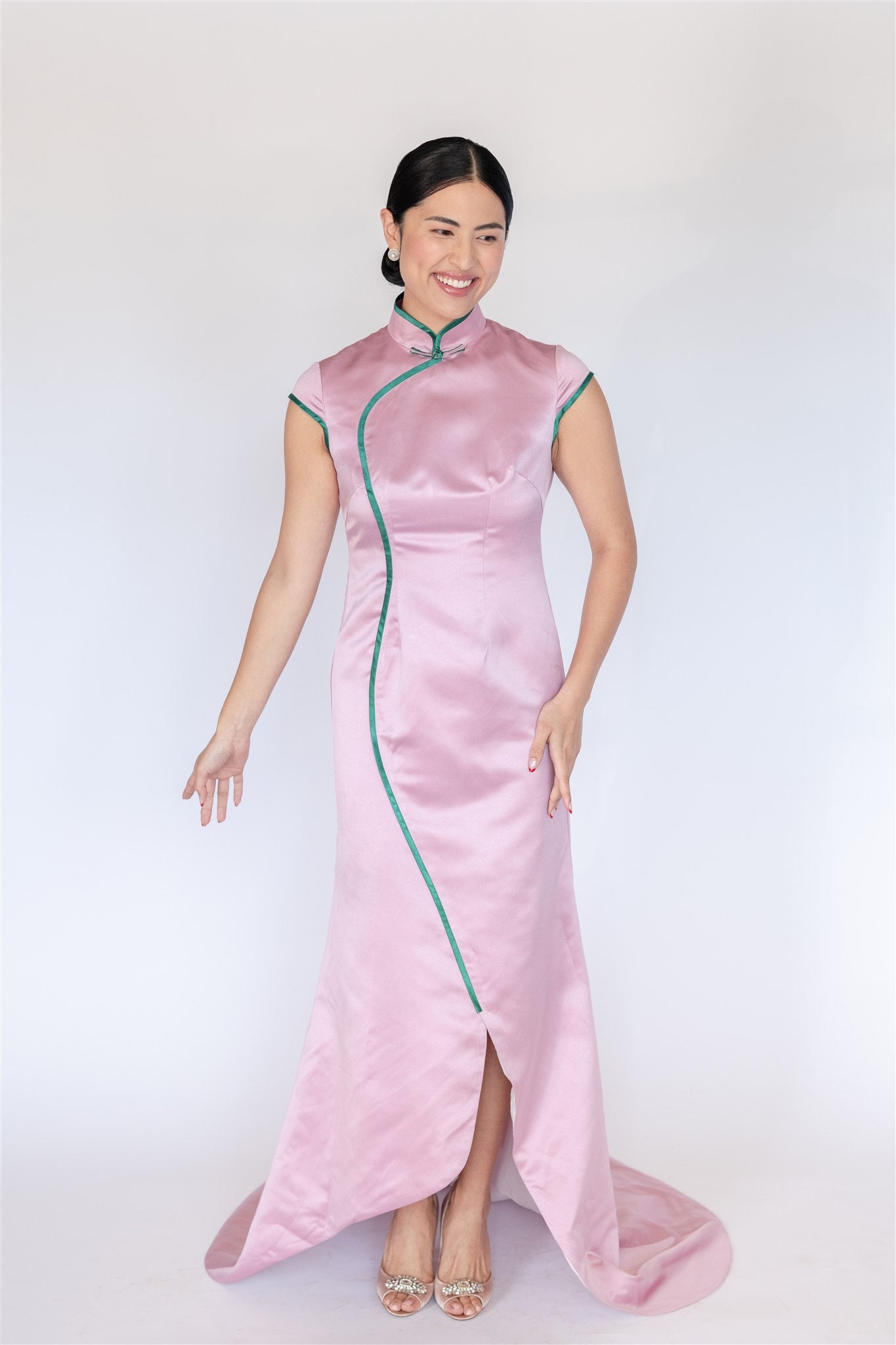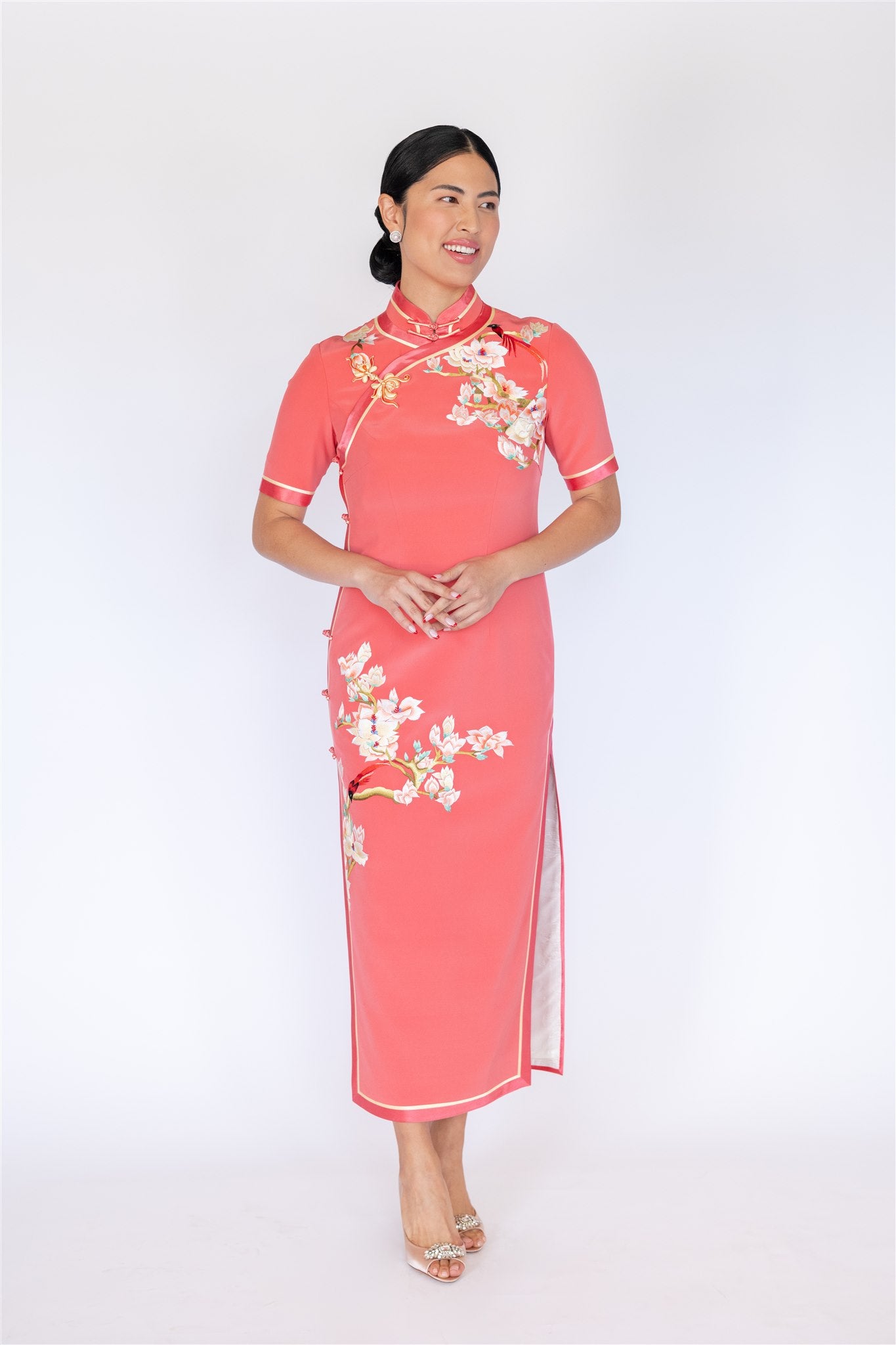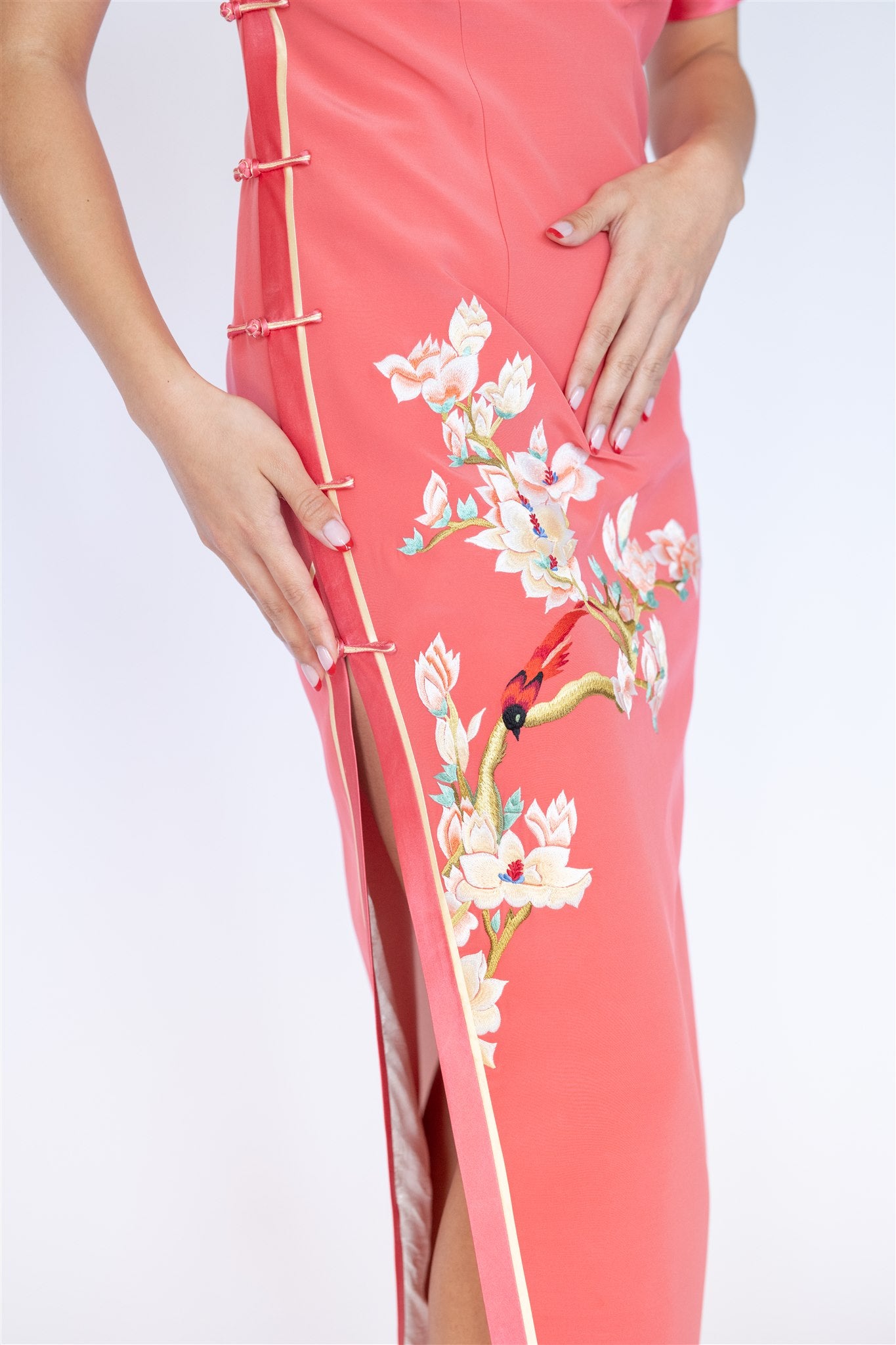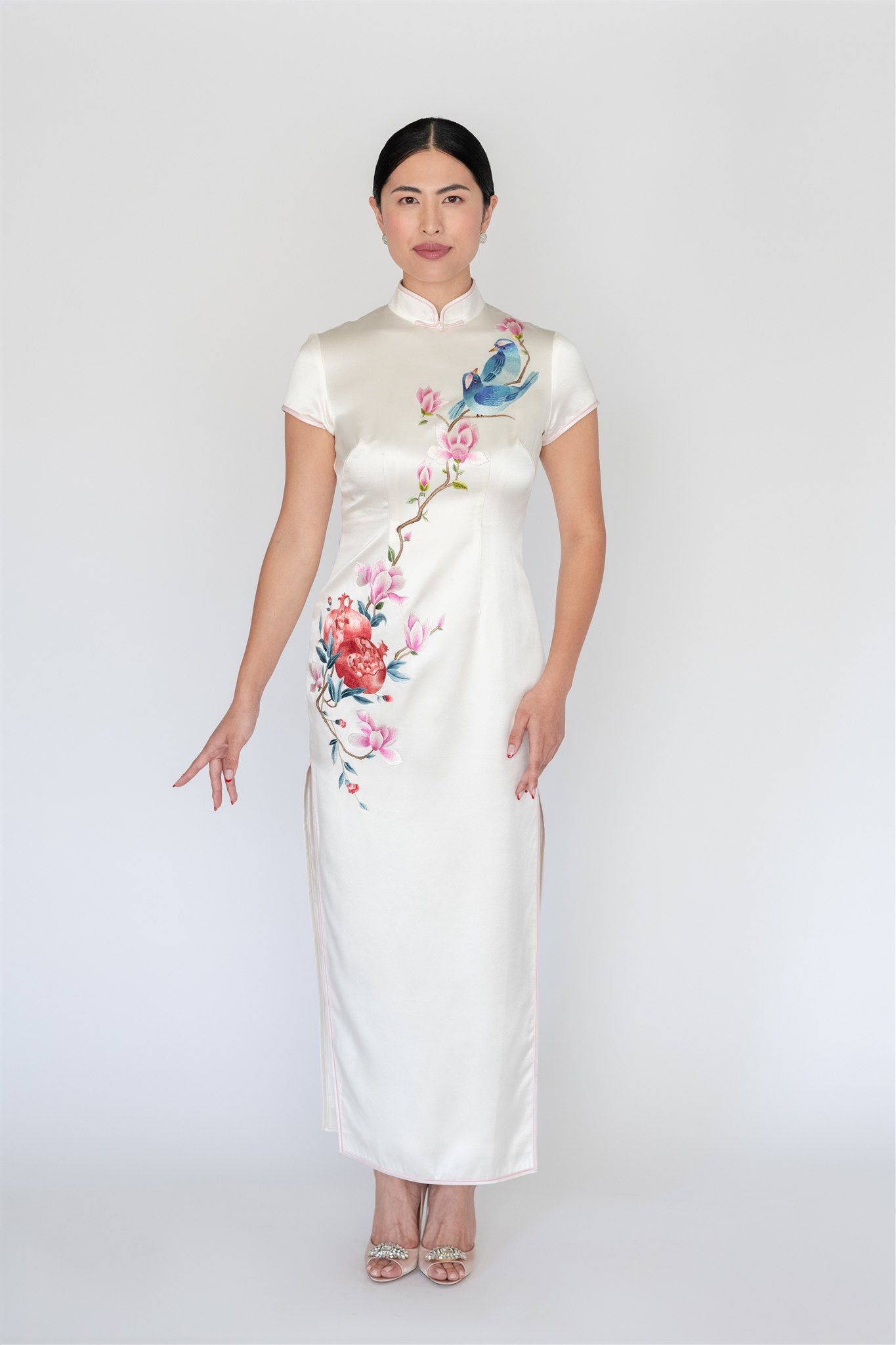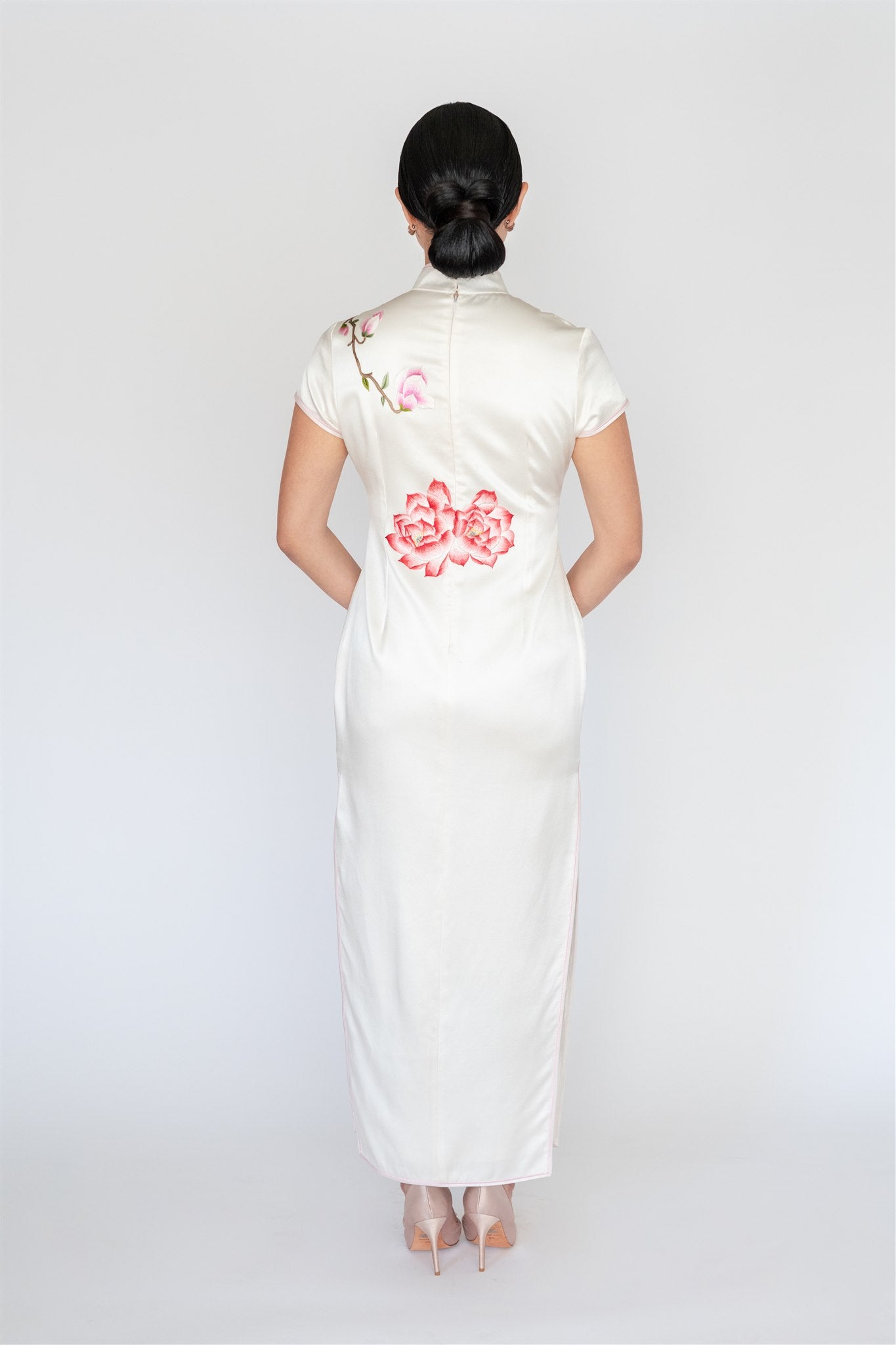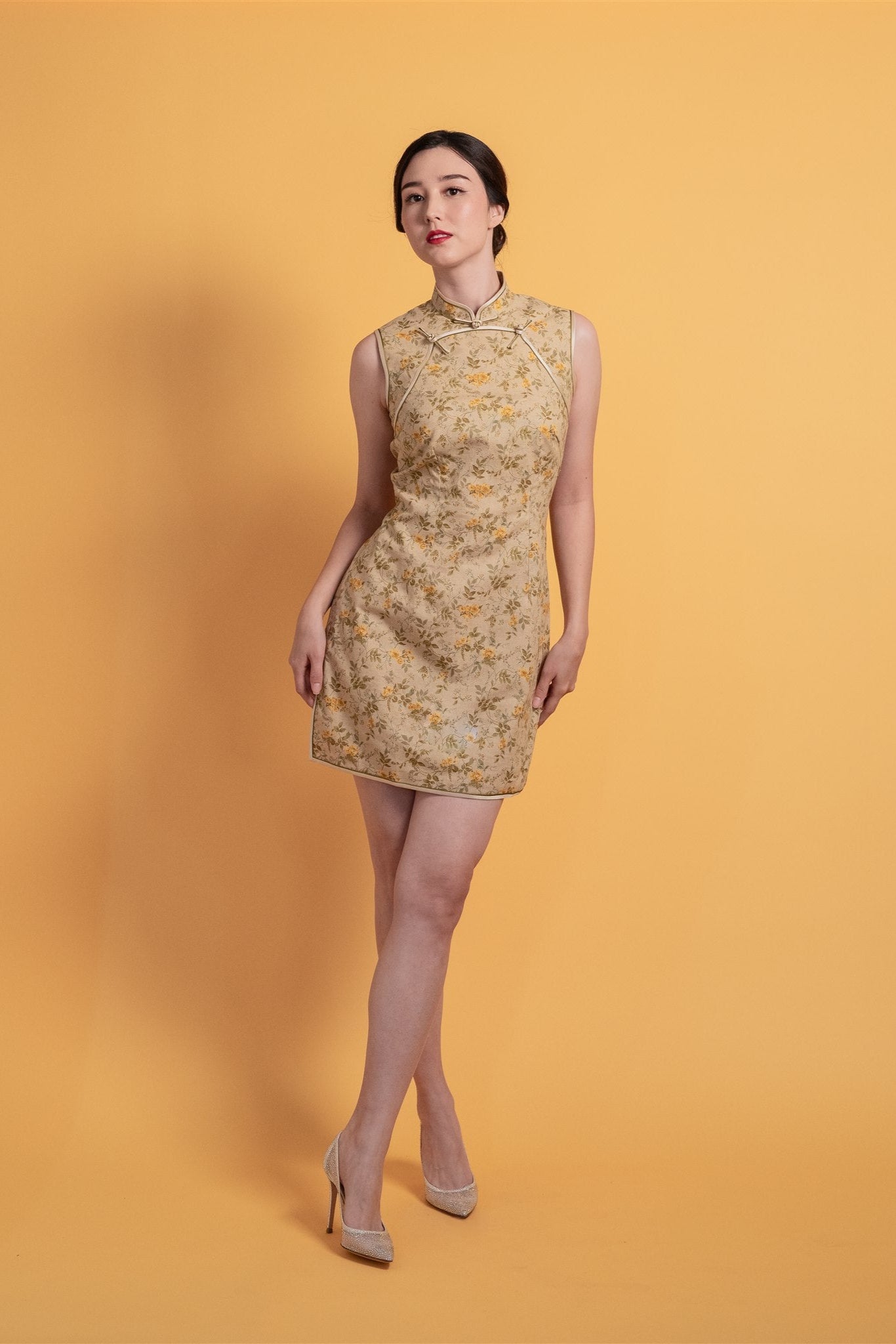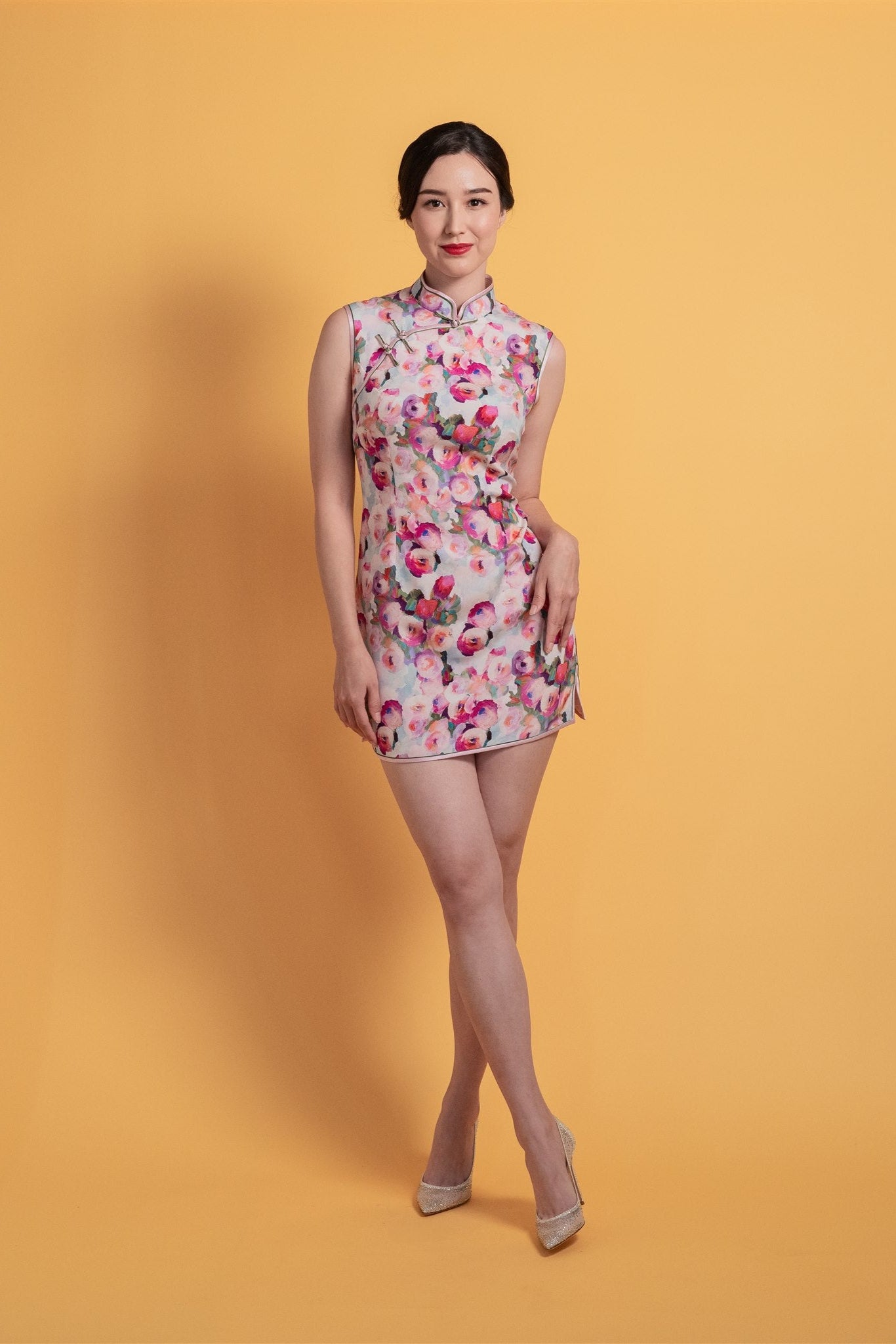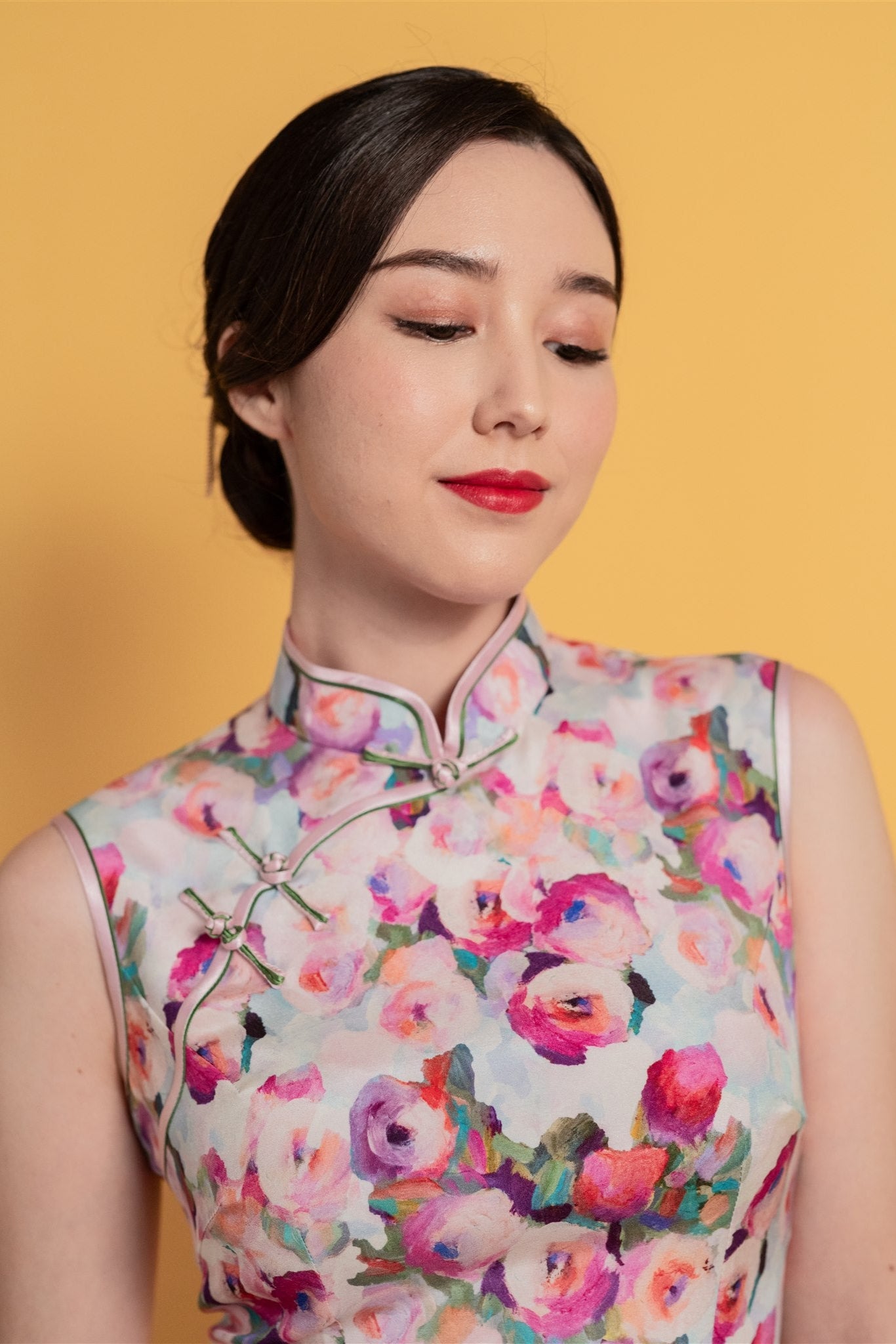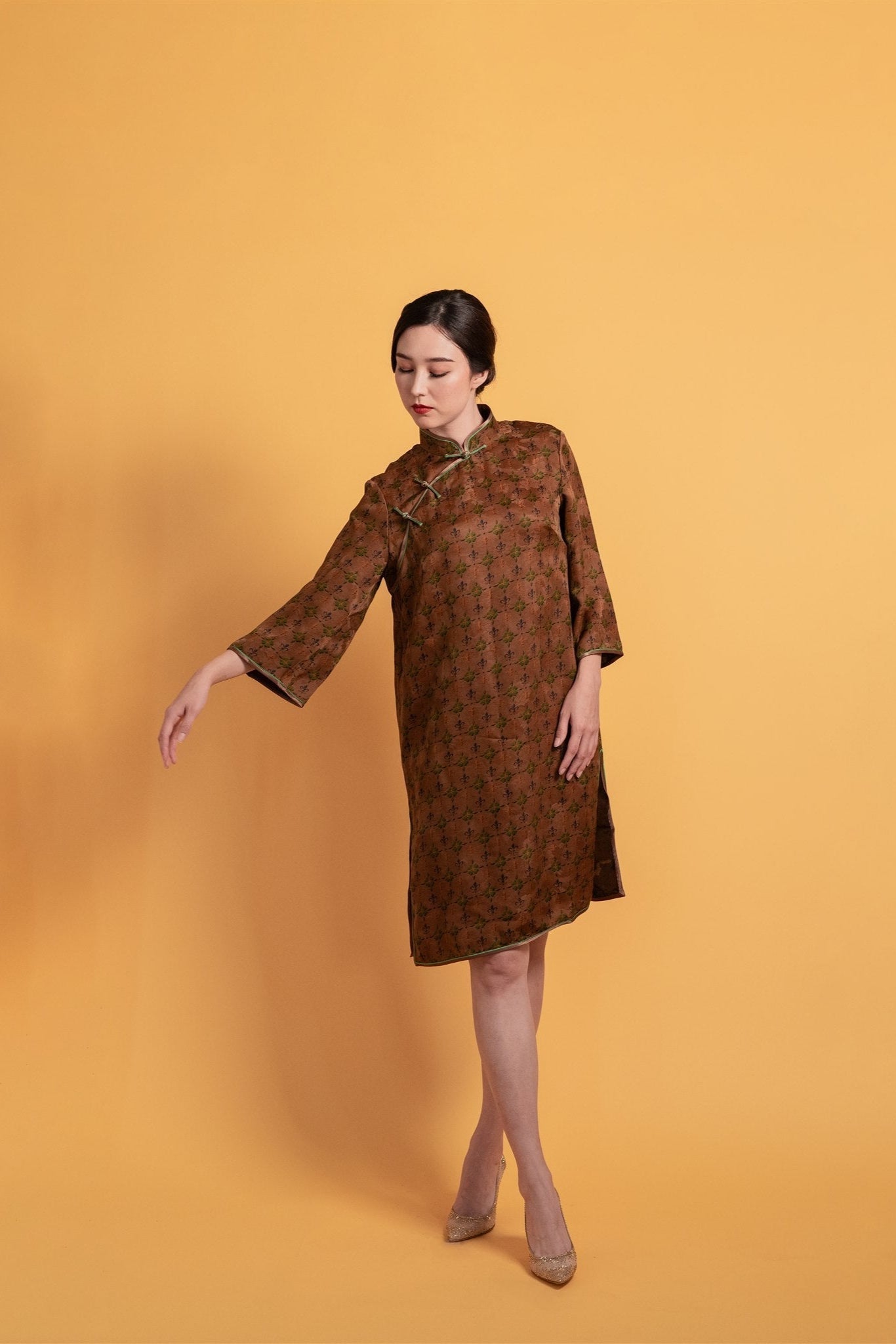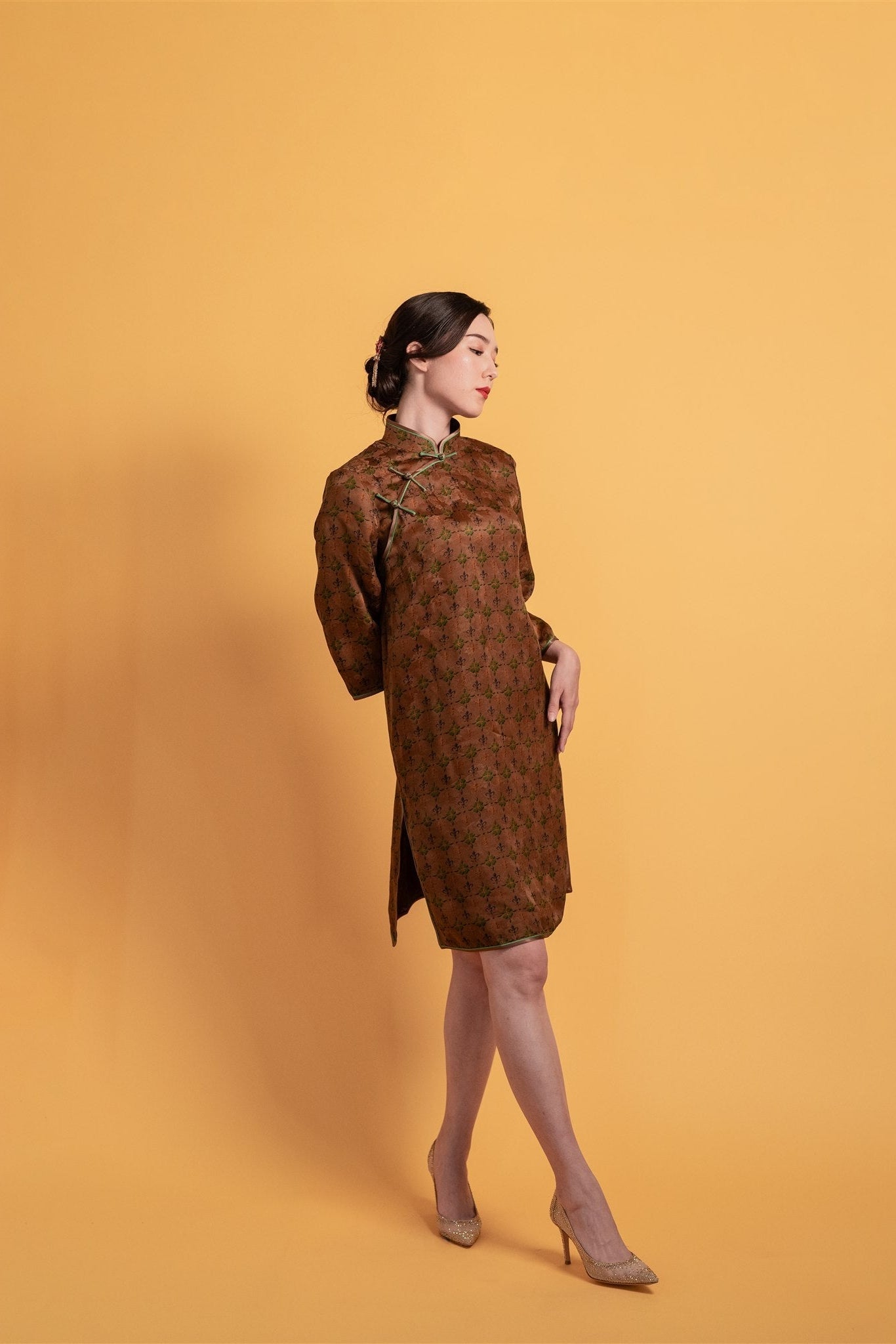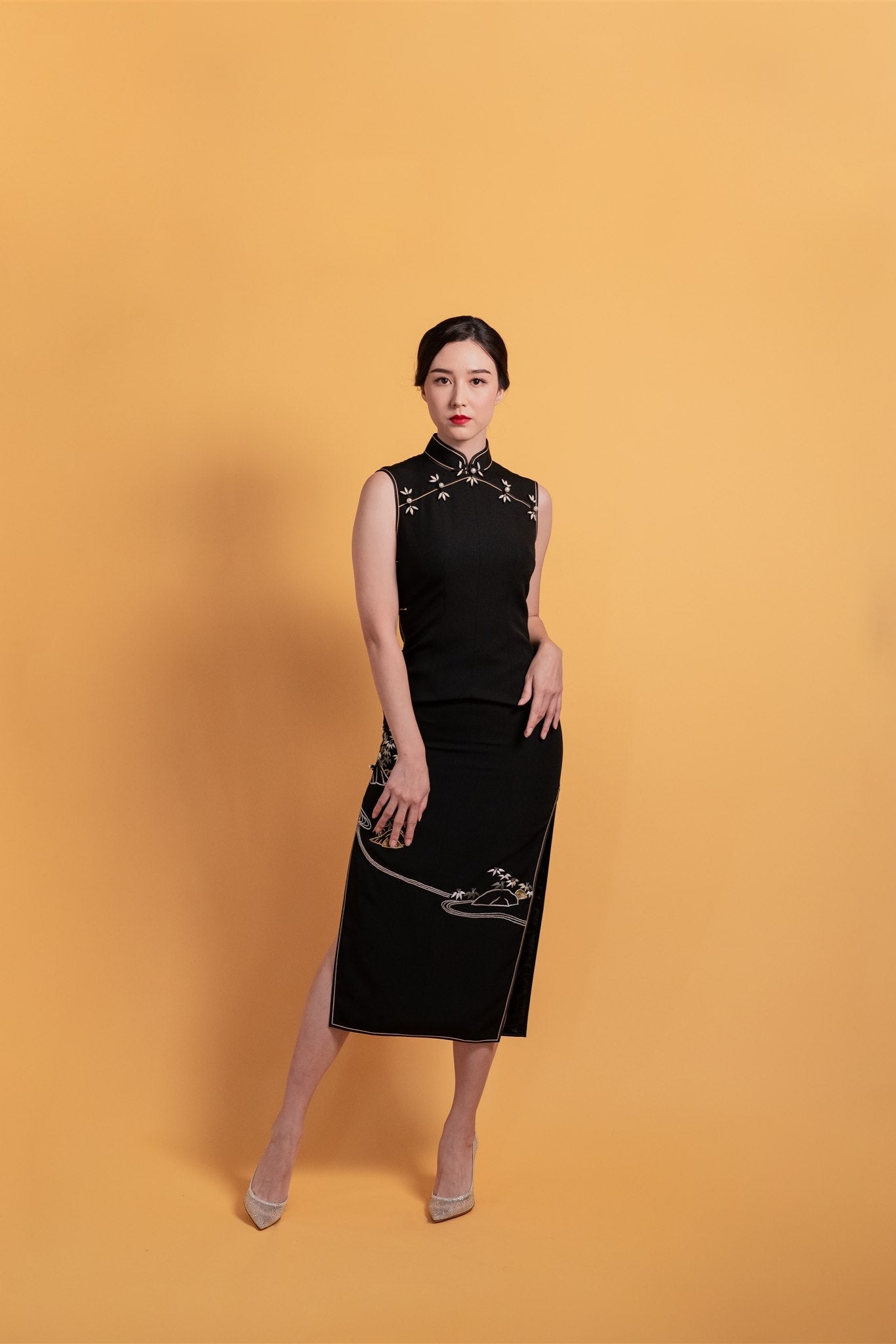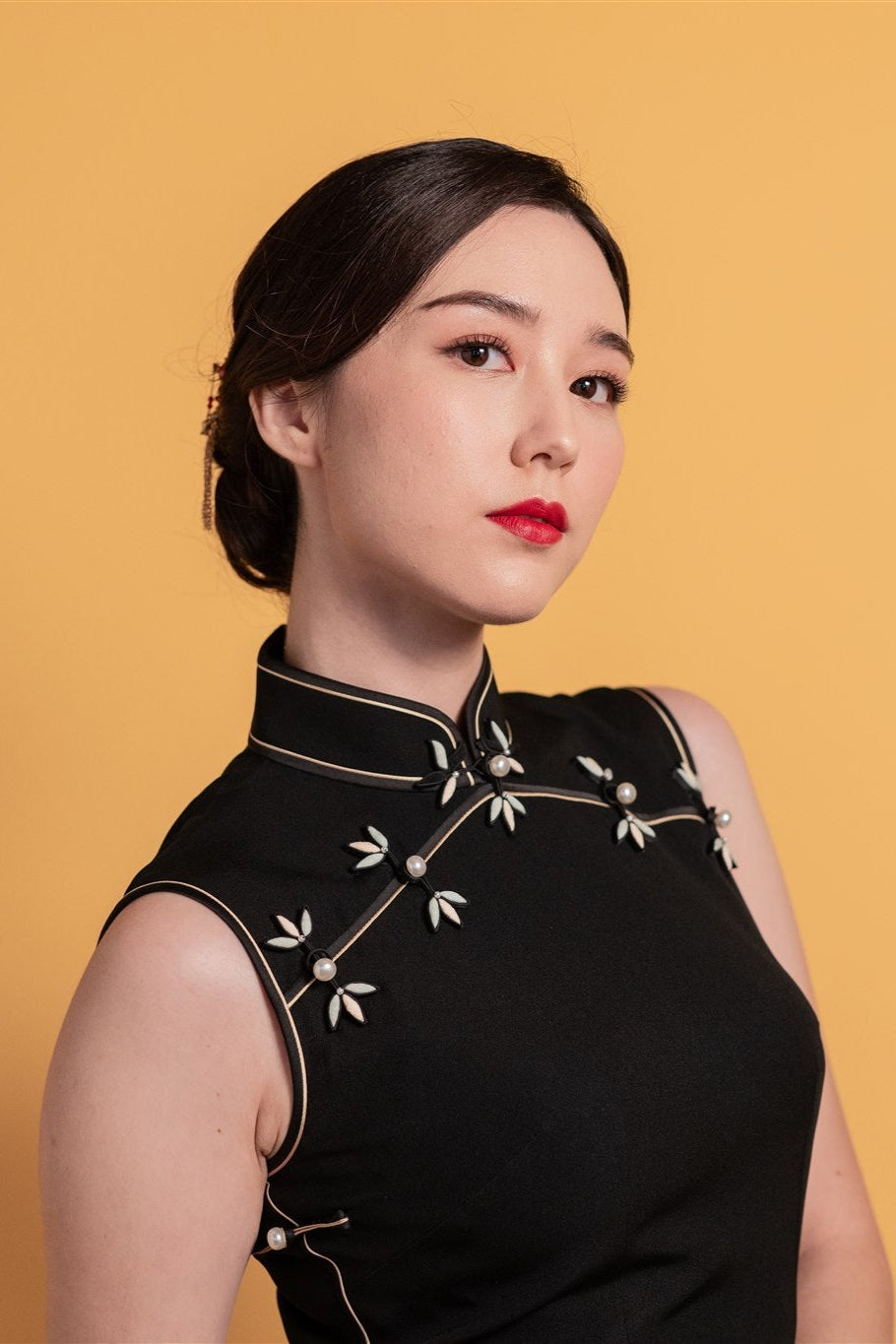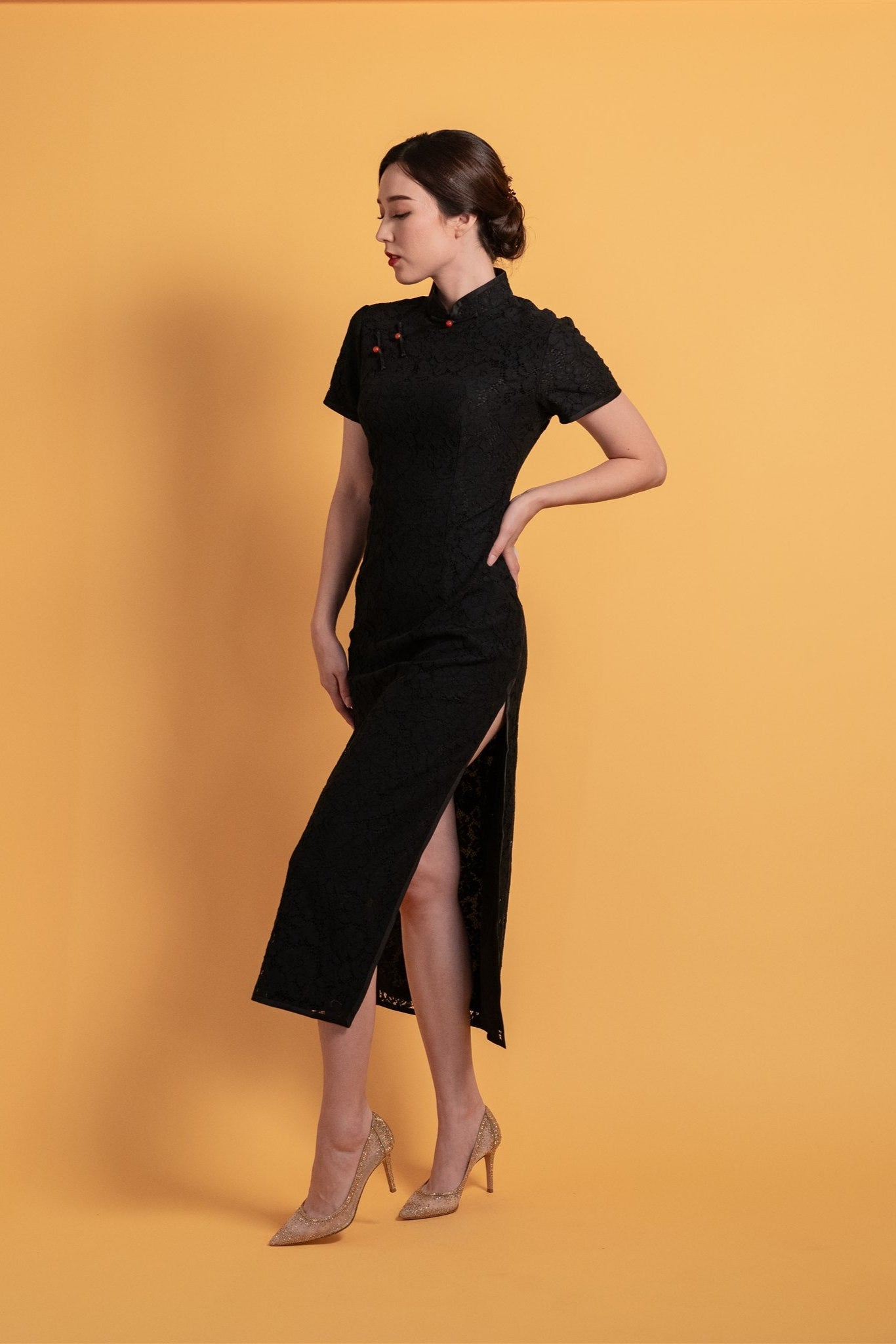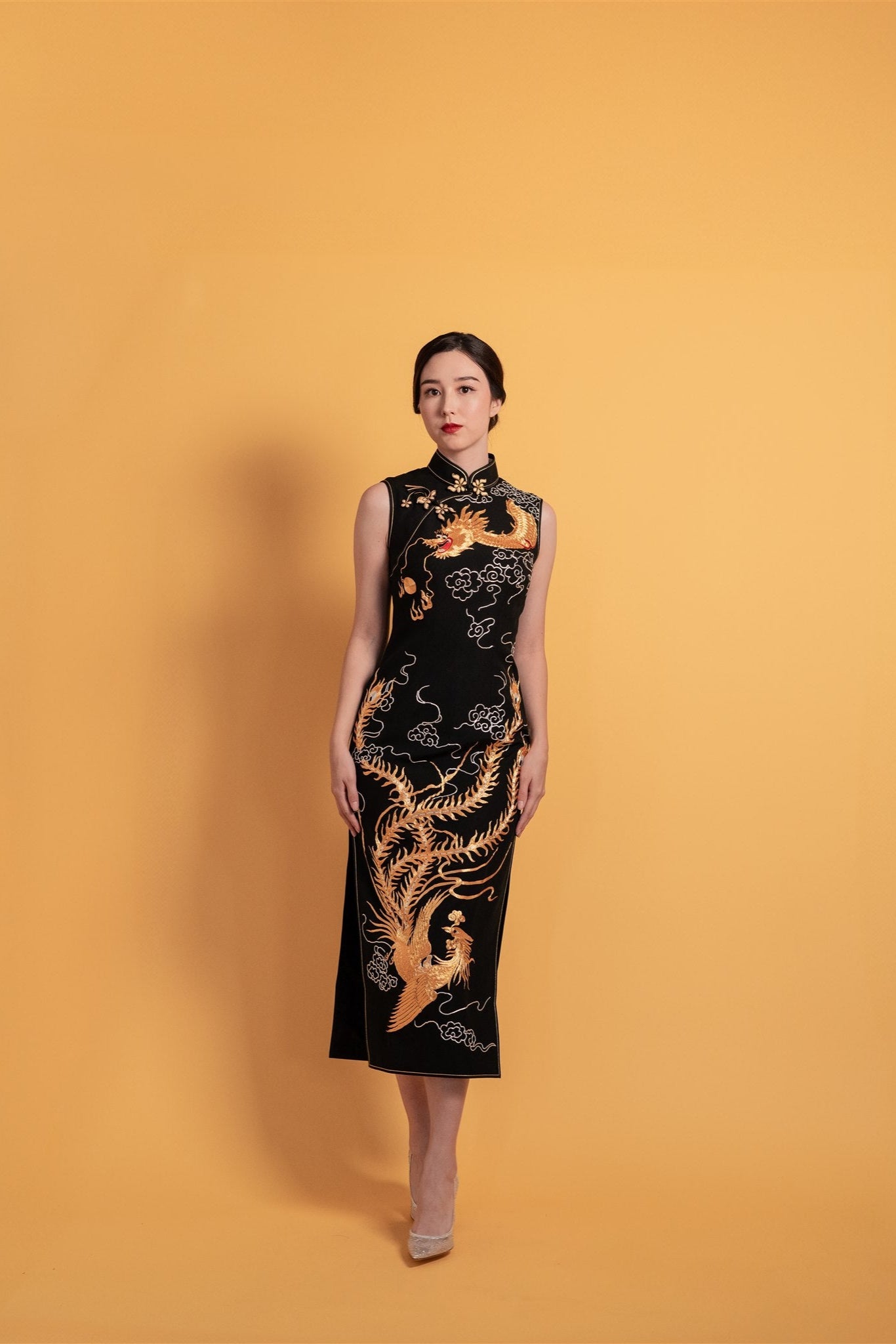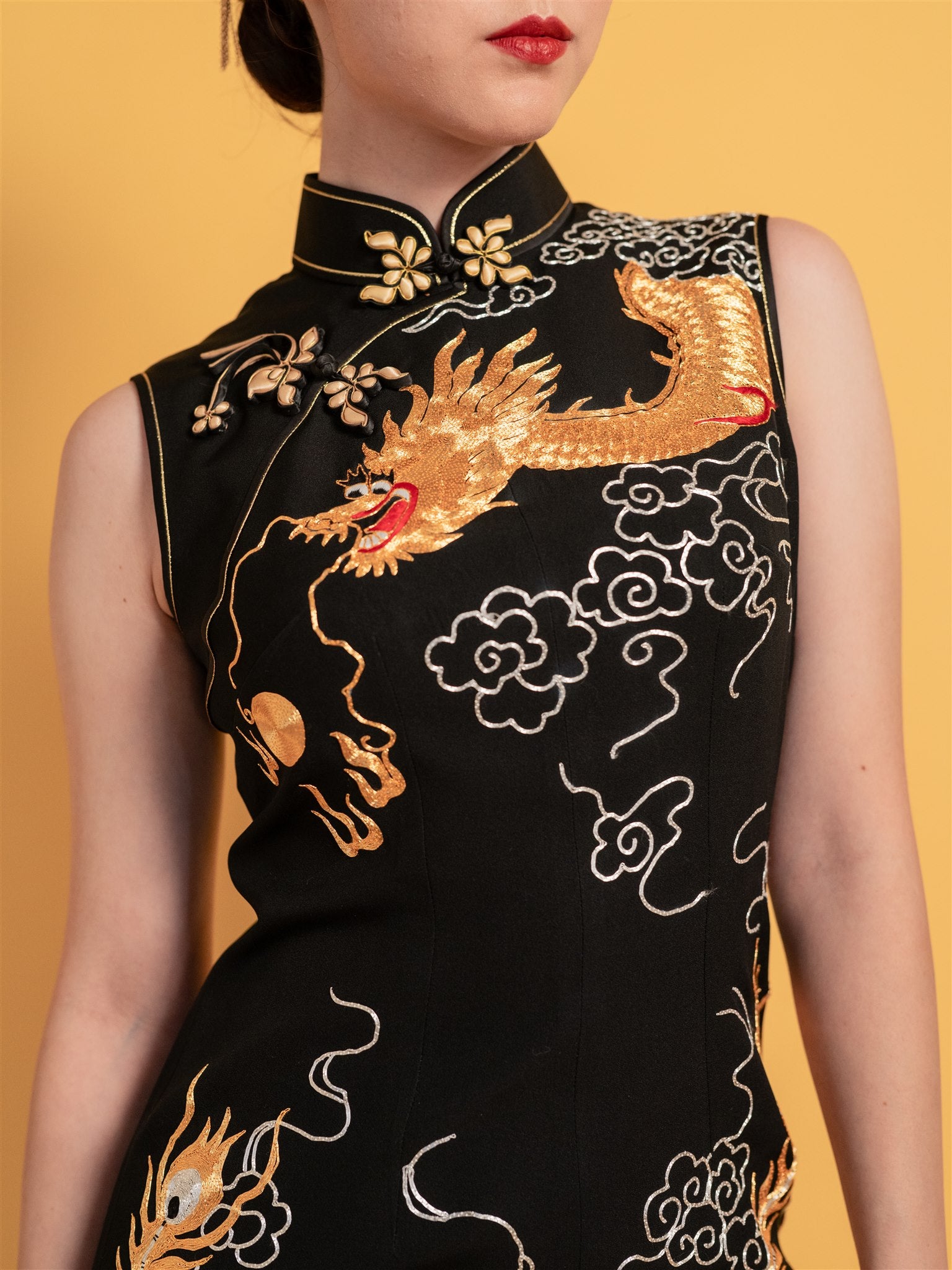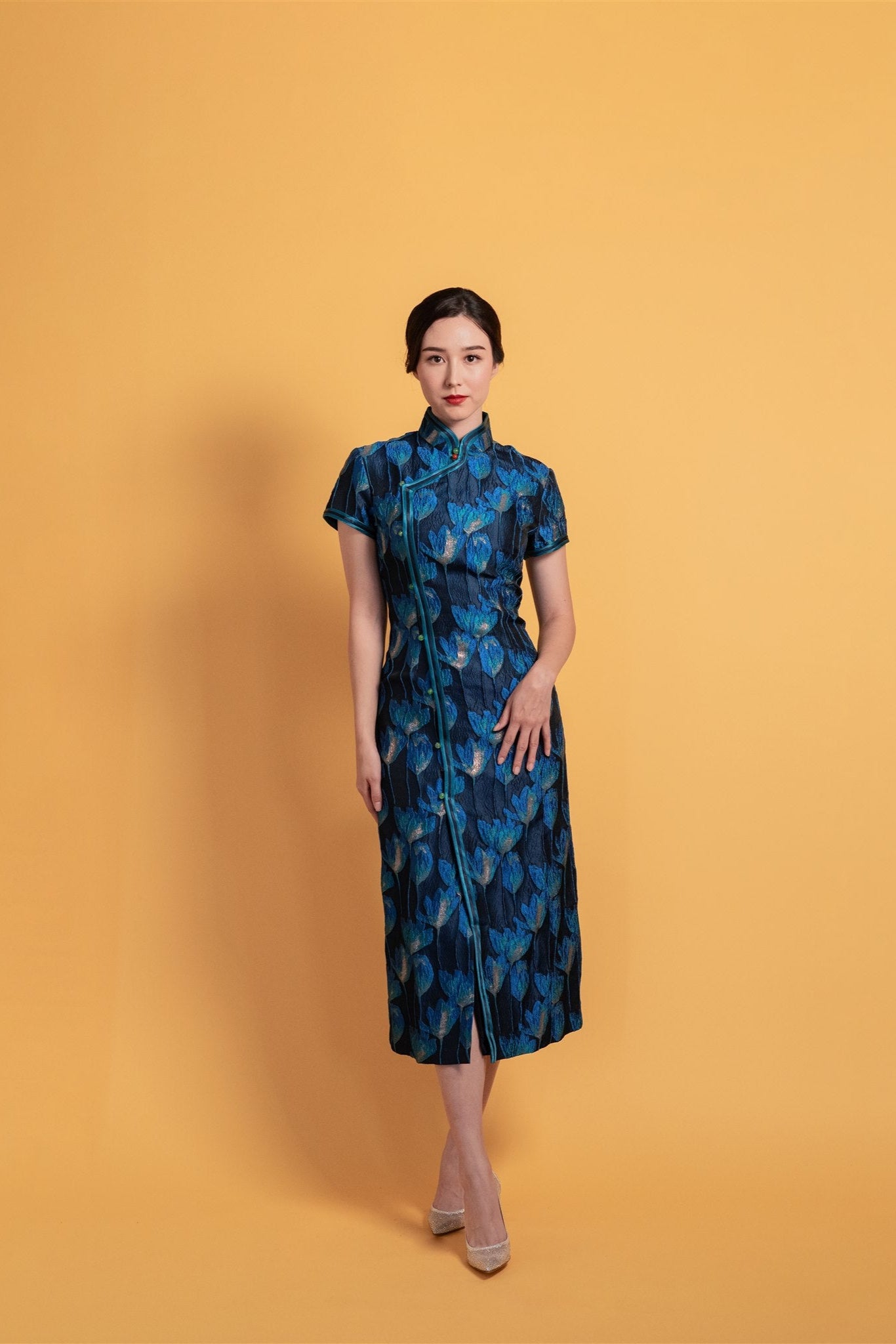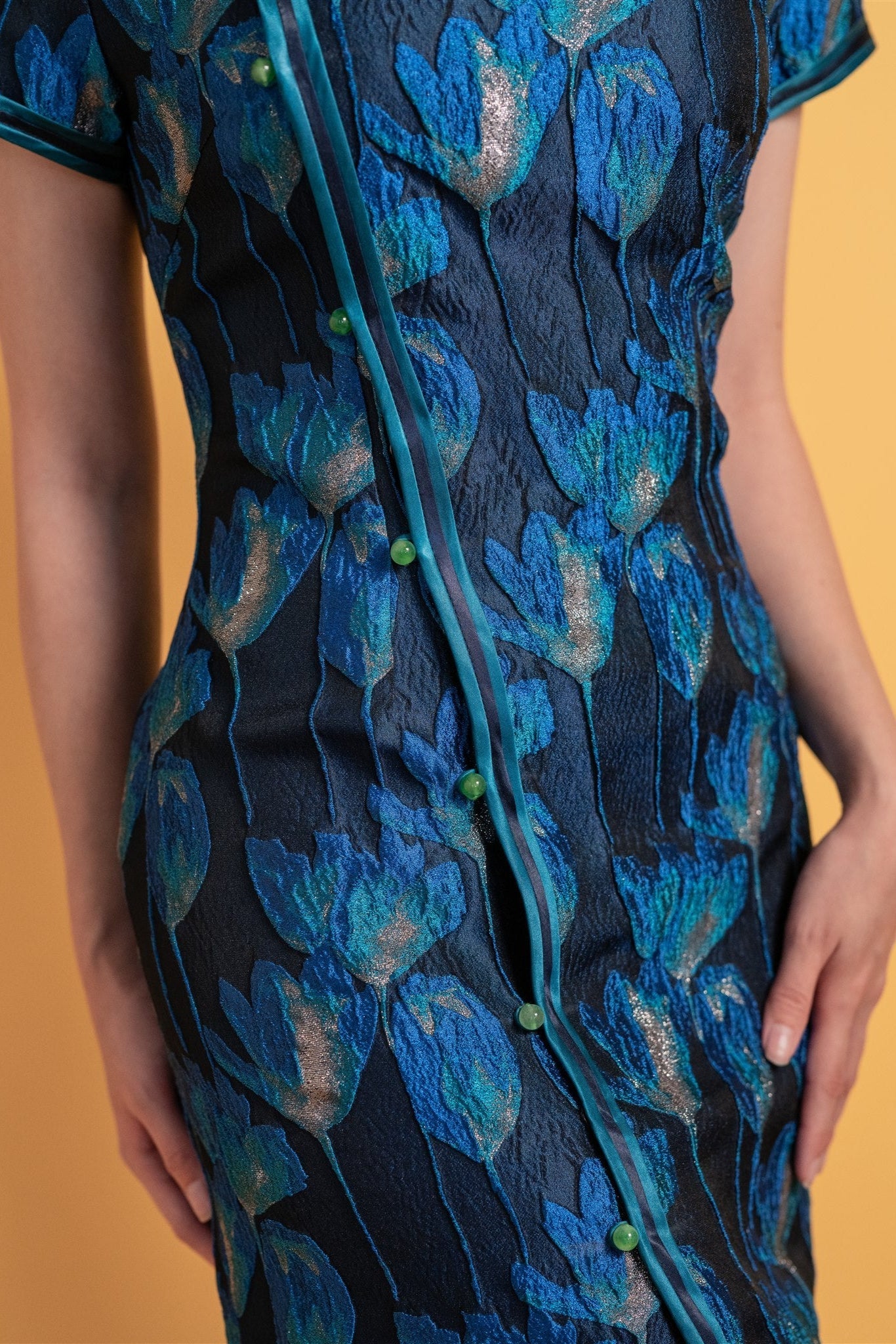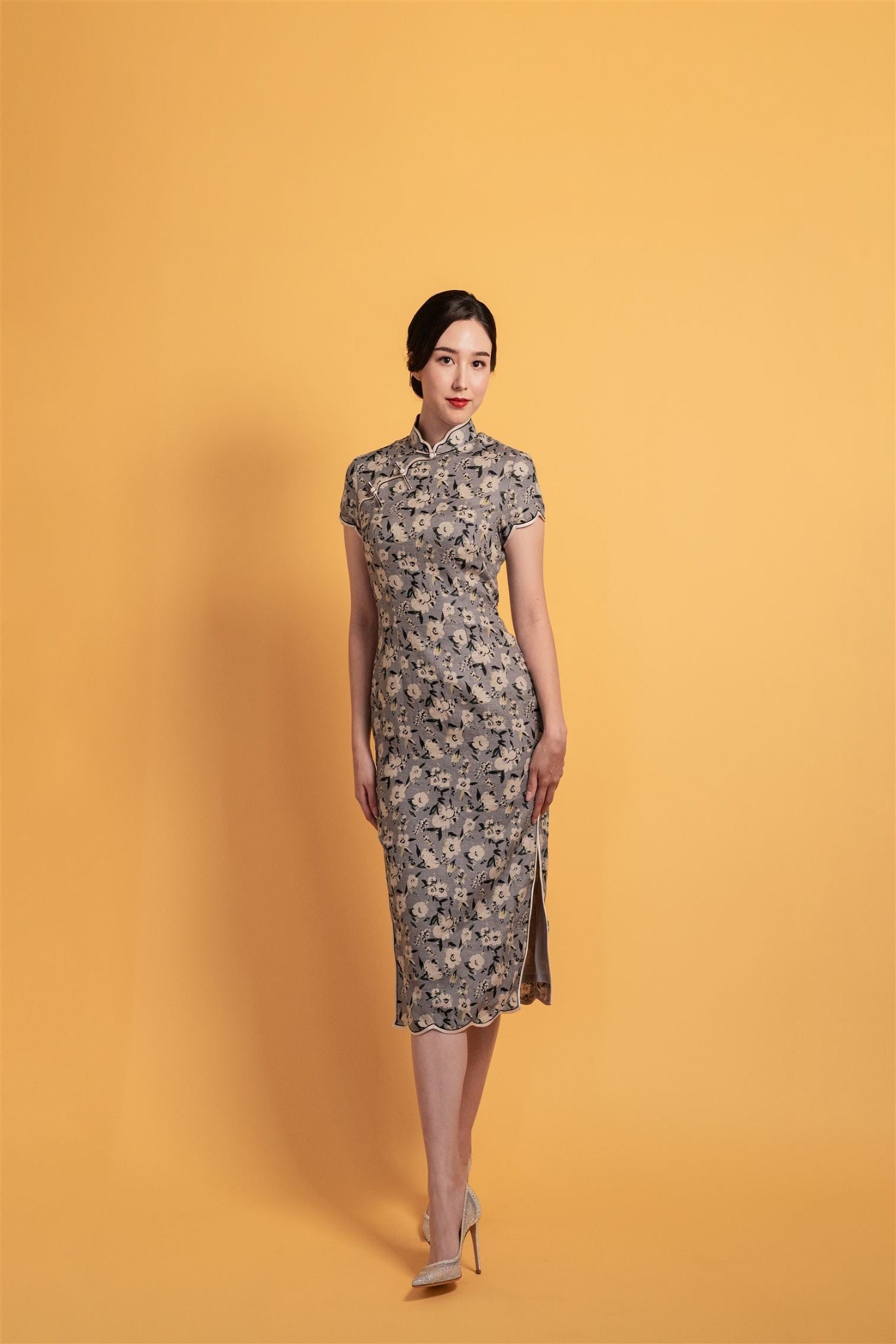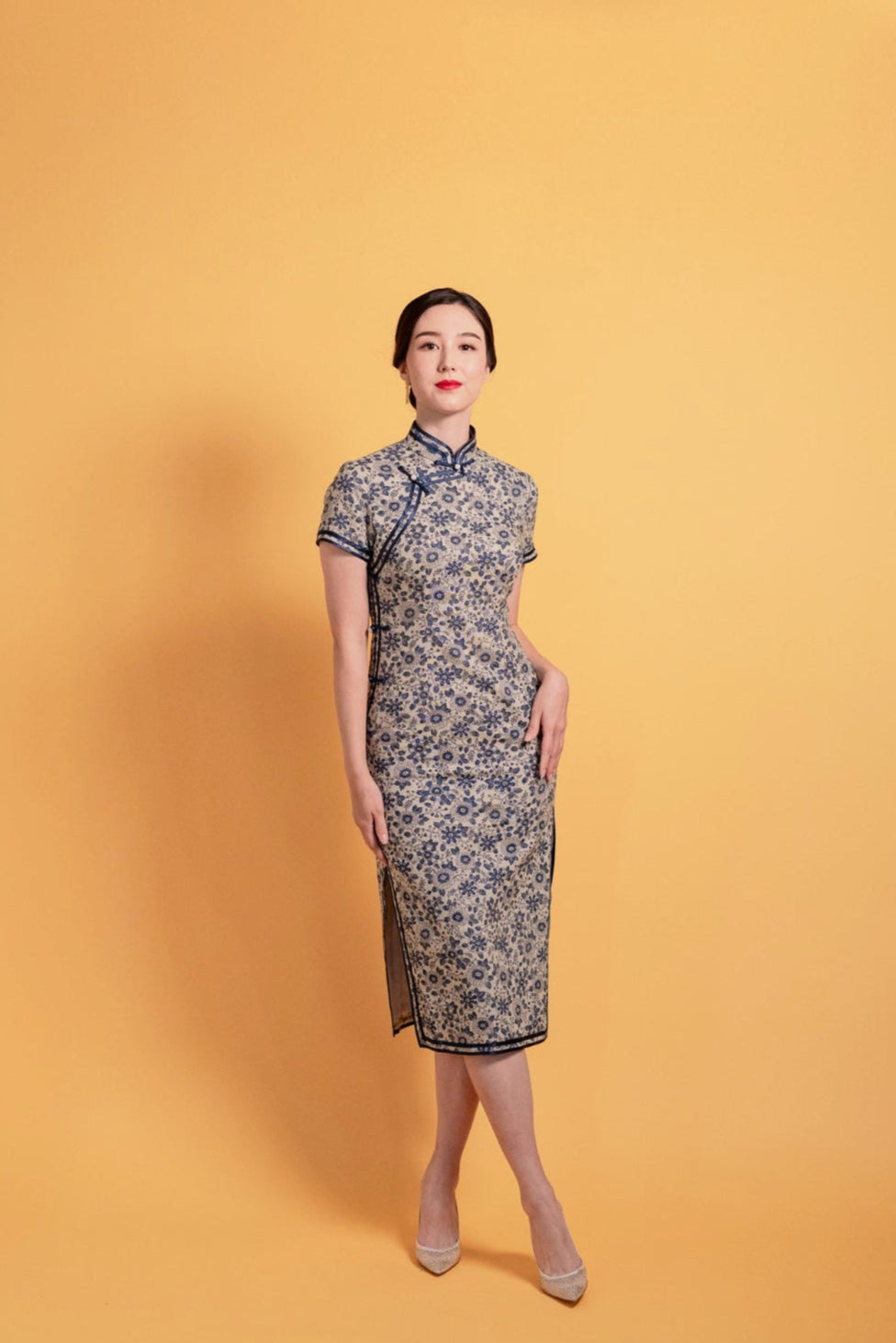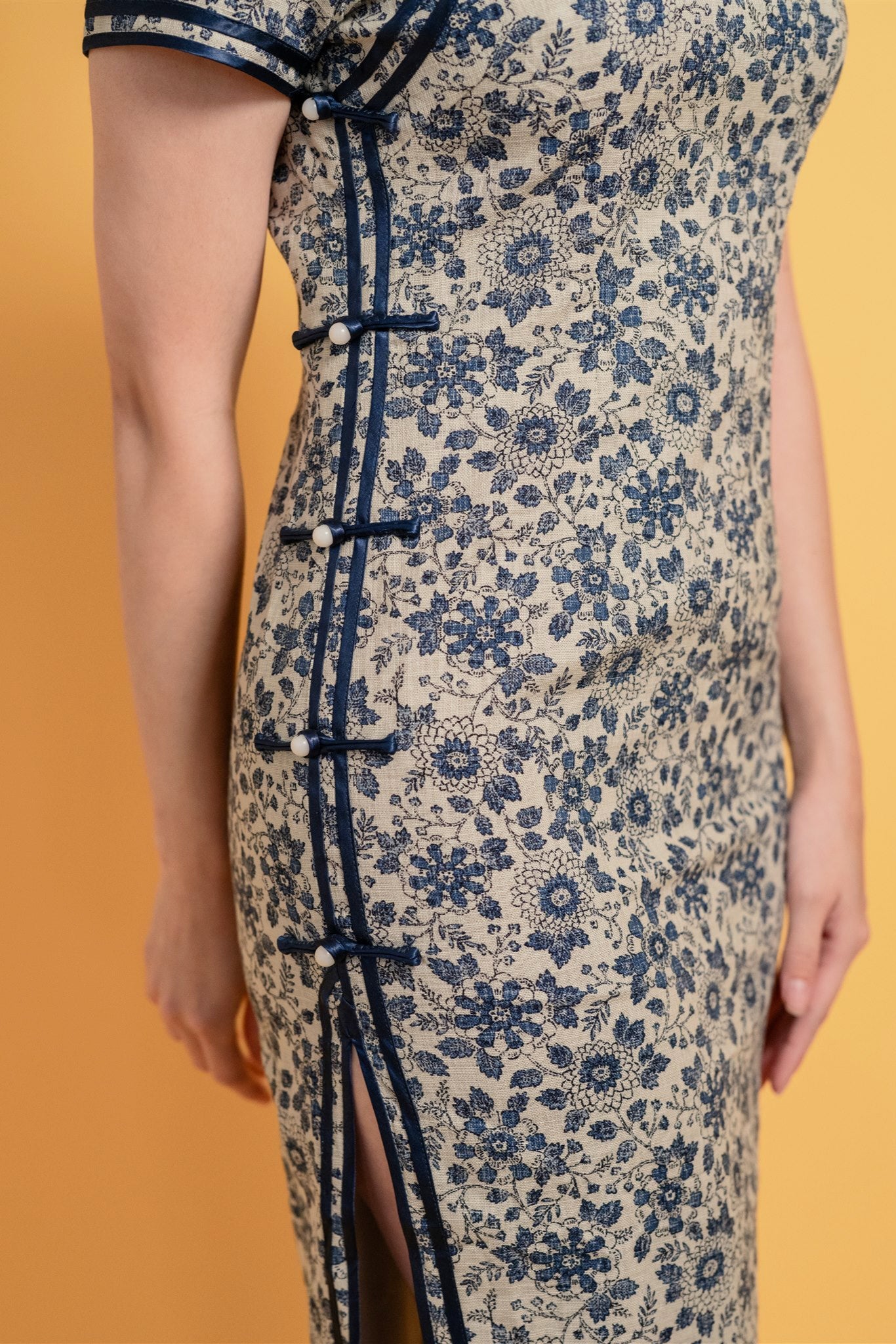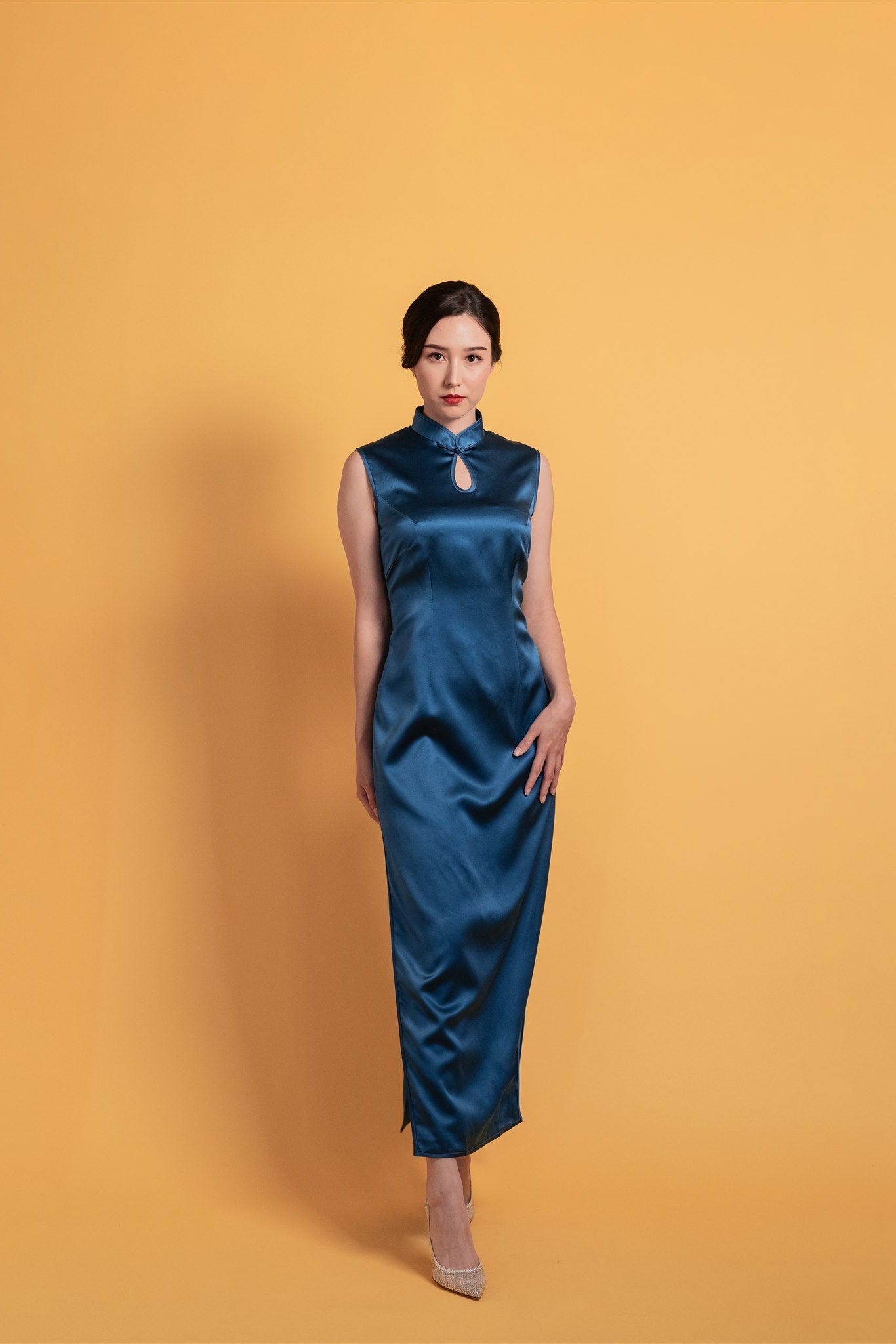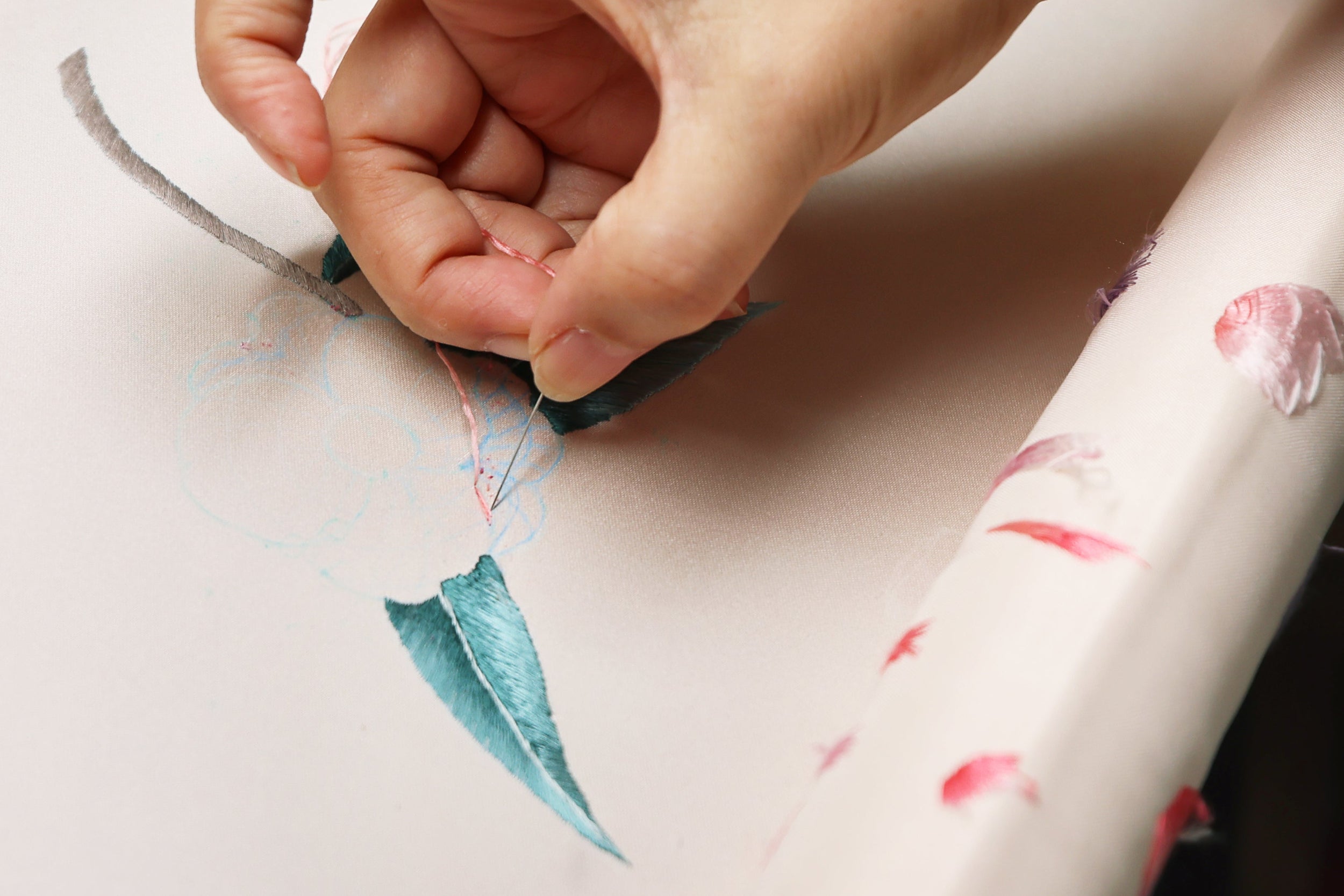Shop Qipao and Cheongsam dresses tailored in Los Angeles.
Each Chinese dress blends traditional craftsmanship with modern comfort. The traditional Qipao is custom-made to your measurements, while the modern Cheongsam is ready to wear with optional custom sizing.
Perfect for cultural events, formal occasions, and elegant evenings.
Shop Traditional Qipao
Poet on the Mountain Top – Blue Silk Qipao Dress
Sale price$4,200
Shanghai Garden – Floral Silk Organza Qipao
Sale price$1,200
Teal Blue Silk Qipao with Peony & Butterfly Embroidery
Sale price$4,800
Blush Pink Silk Qipao with Butterfly Embroidery
Sale price$3,200
White Silk Qipao with Blue Trim – Japanese Woven Silk
Sale price$1,200
Purple Silk Qipao with Velvet Flower Appliqué
Sale price$2,300
Black Silk Phoenix Qipao with Rainbow Embroidery
Sale price$4,200
Shanghai 1920 – Blush Pink Silk Qipao Dress
Sale price$4,200
Fuchsia Silk Qipao with Phoenix & Peony Embroidery
Sale price$3,950
Emerald Xiang Yun Silk Sleeveless Qipao
Sale price$2,200
Green Silk Qipao with Cherry Blossom Embroidery
Sale price$1,200
Green Silk Qipao with White Orchid Embroidery
Sale price$1,200
White Silk Halter Qipao with Peony Embroidery
Sale price$2,800
Shop Modern Cheongsam
Modern Black Lace Cheongsam Dress with Silk Slip
Sale price$1,200
Silver Two-Piece Cheongsam with Embroidered Floral Jacket & Skirt
Sale price$12,000
Blue Qipao Dress – Gold Dragon Embroidered Chinese Dress
Sale price$5,800
Blush Pink Lace Qipao – Sunrise Chinese Dress
Sale price$1,300
Purple Silk Cheongsam – Gold Trim with Auspicious Motifs
Sale price$2,800
Pink Silk Mermaid Cheongsam – Green Trim with Train
Sale price$1,200
Orange Pink Silk Cheongsam – Cherry Blossom Embroidery
Sale price$2,800
White Silk Cheongsam with Magnolia & Pomegranate Embroidery
Sale price$5,200
Gold Japanese Cotton Cheongsam – Short Sleeve A-Line Dress
Sale price$450
Printed Stretch Silk Cheongsam – Sleeveless Dress
Sale price$450
A-Line Cheongsam – Xiang Yun Silk with 3/4 Sleeves
Sale price$850
Black Japanese Silk Cheongsam – Gold Mountain Embroidery
Sale price$1,300
Black Lace Cheongsam – Cap Sleeves with Red Pankou
Sale price$950
Black Silk Cheongsam – Dragon & Phoenix Embroidery
Sale price$5,800
Blue & Grey Tulip Silk Cheongsam – Cap Sleeves
Sale price$800
Floral Japanese Cotton Cheongsam – Everyday Elegance
Sale price$1,150
Grey Blue Italian Linen Cheongsam – Navy Trim & Pankou
Sale price$1,200
Navy Blue Silk Cheongsam – Sleeveless A-Line
Sale price$950
Not sure which style fits you best?
Learn more about Qipao and Cheongsam in our Qipao & Cheongsam Guide.
